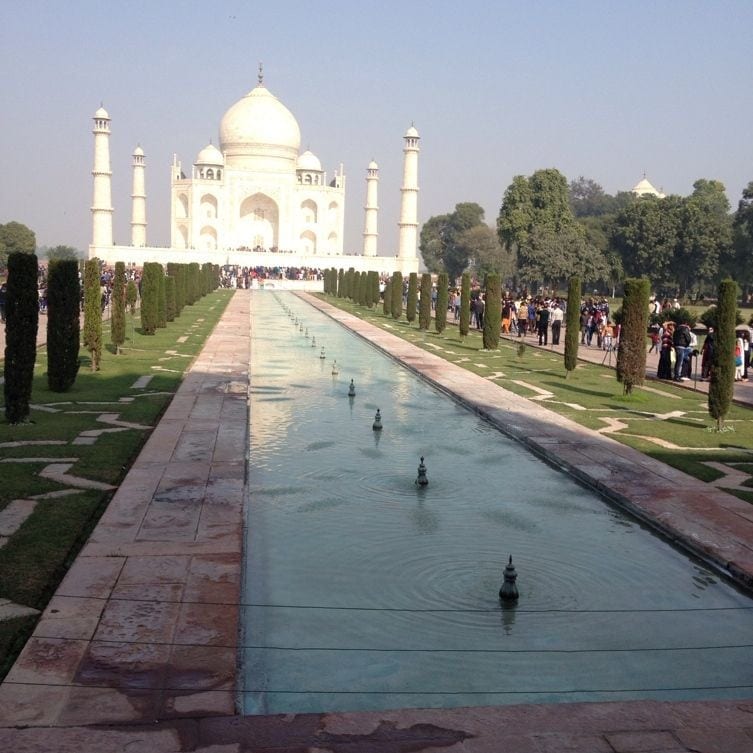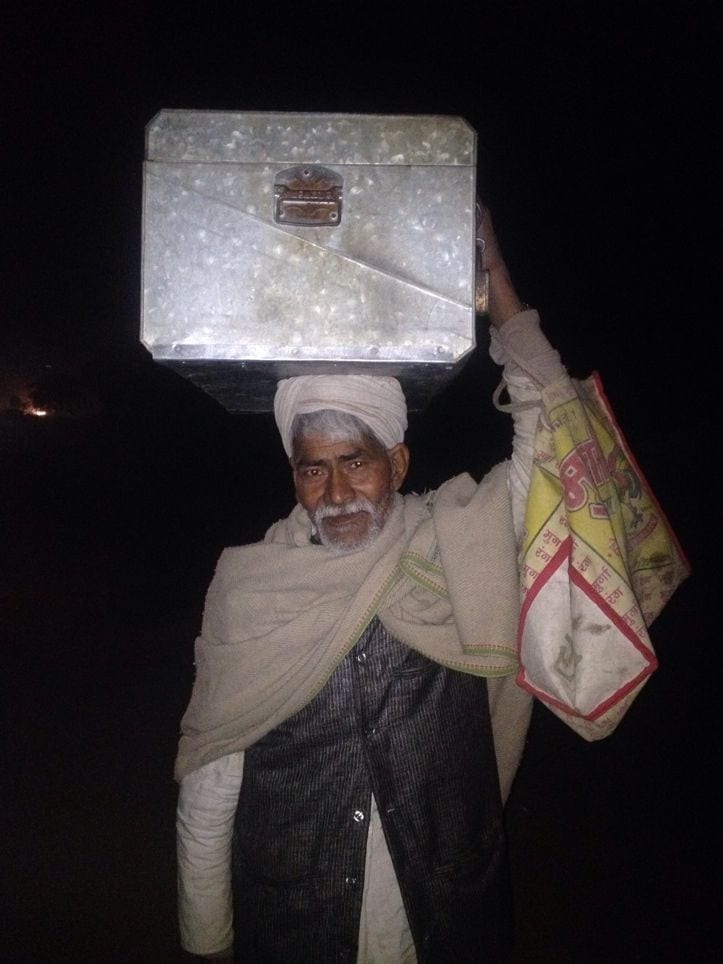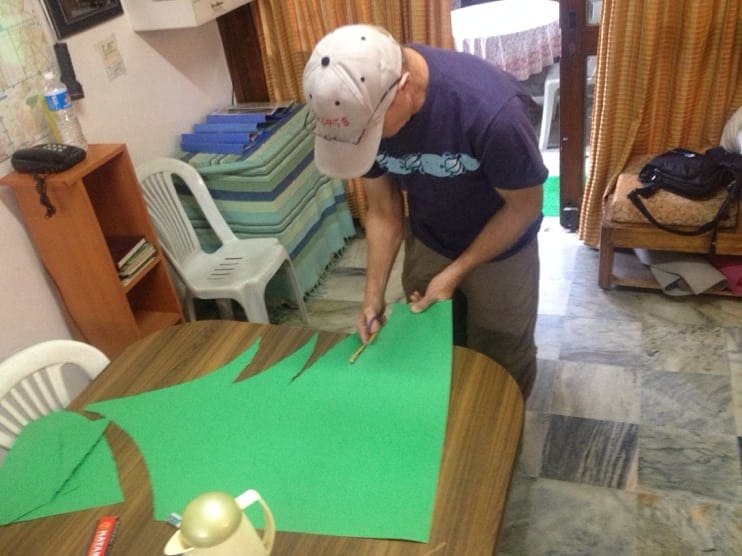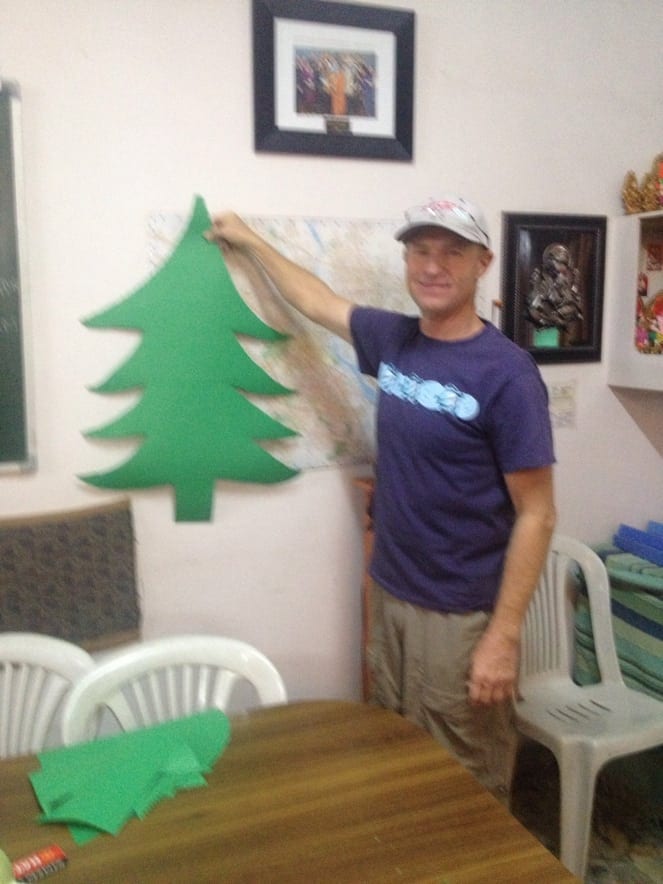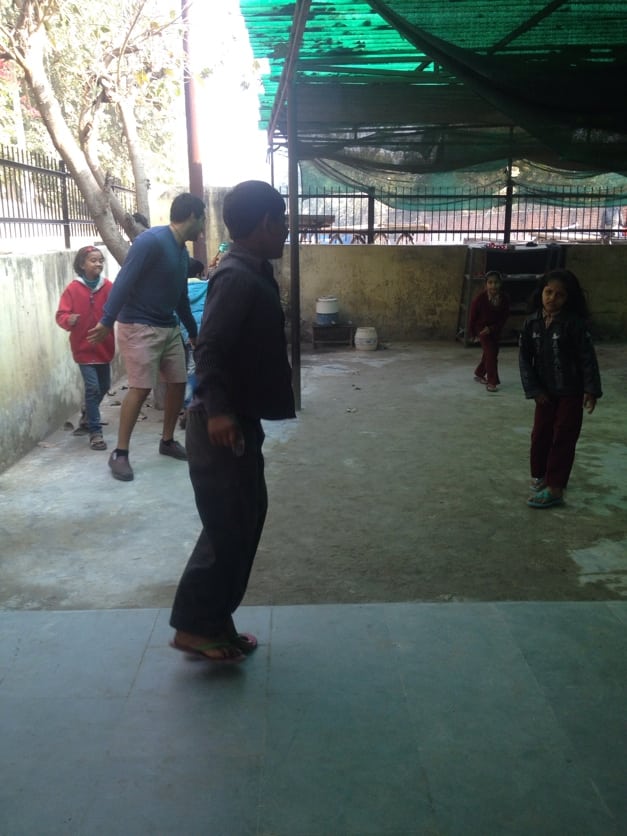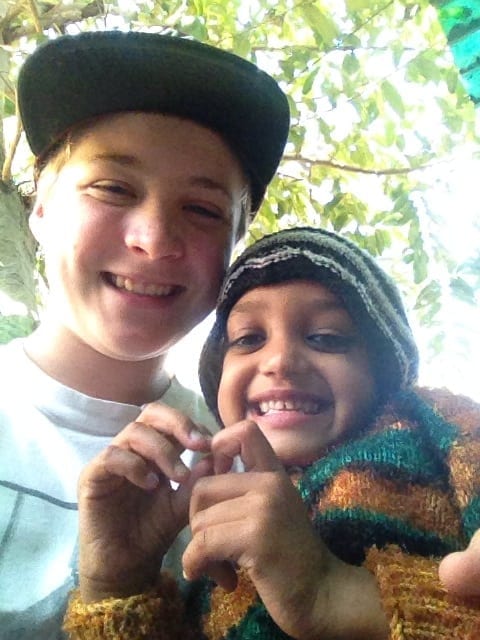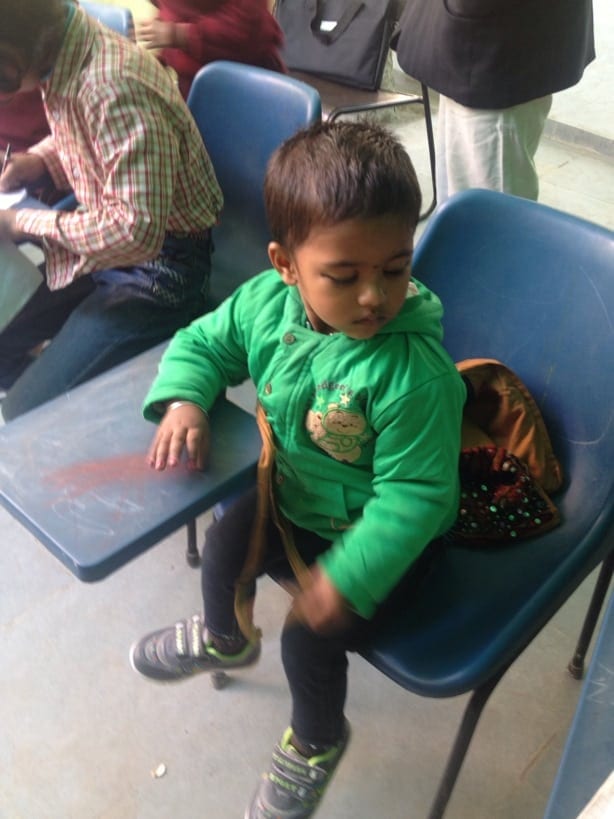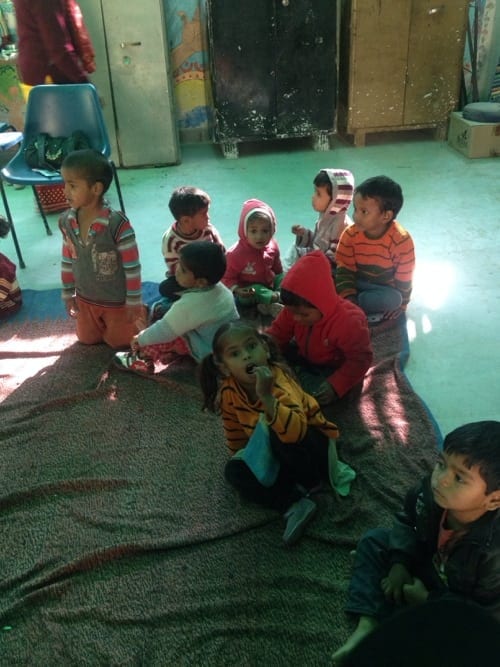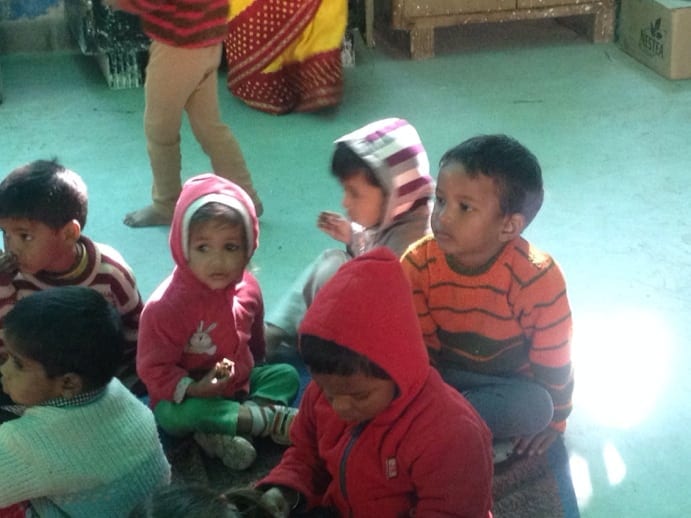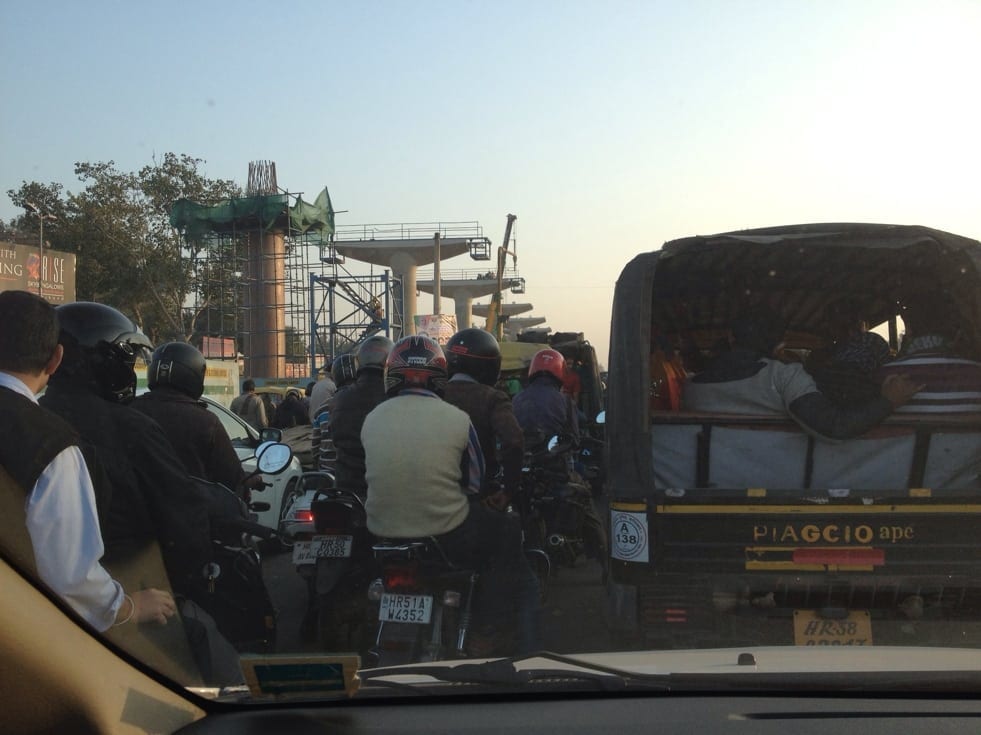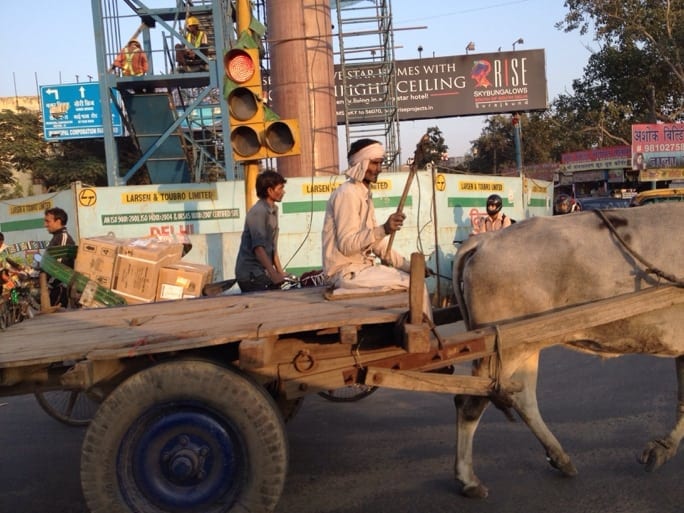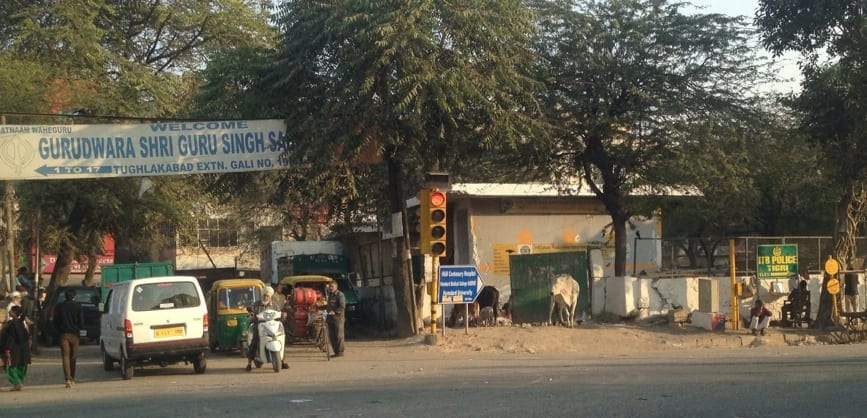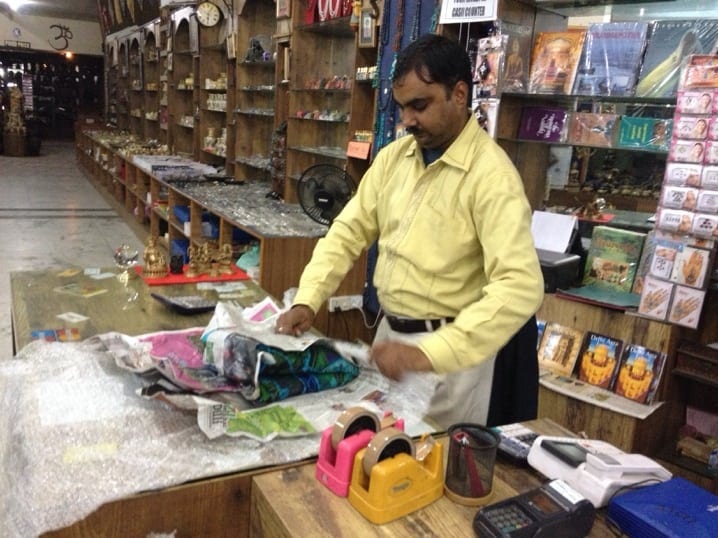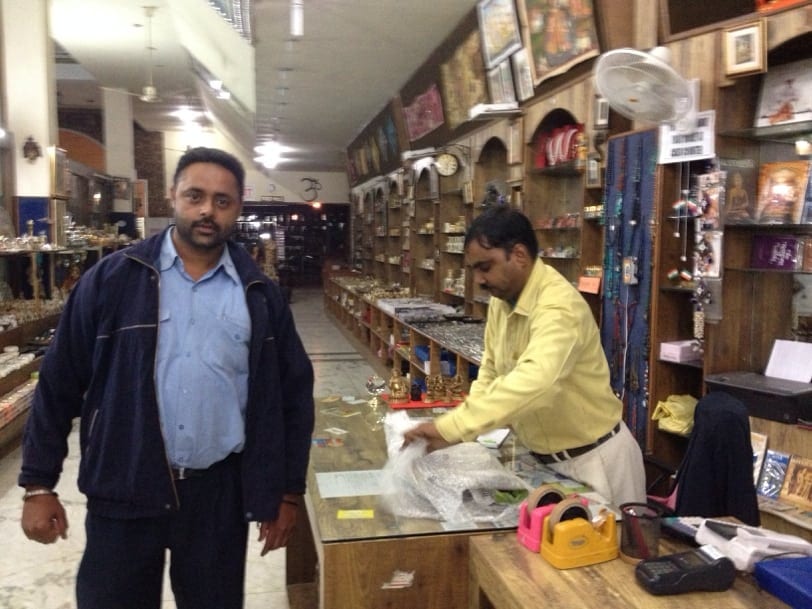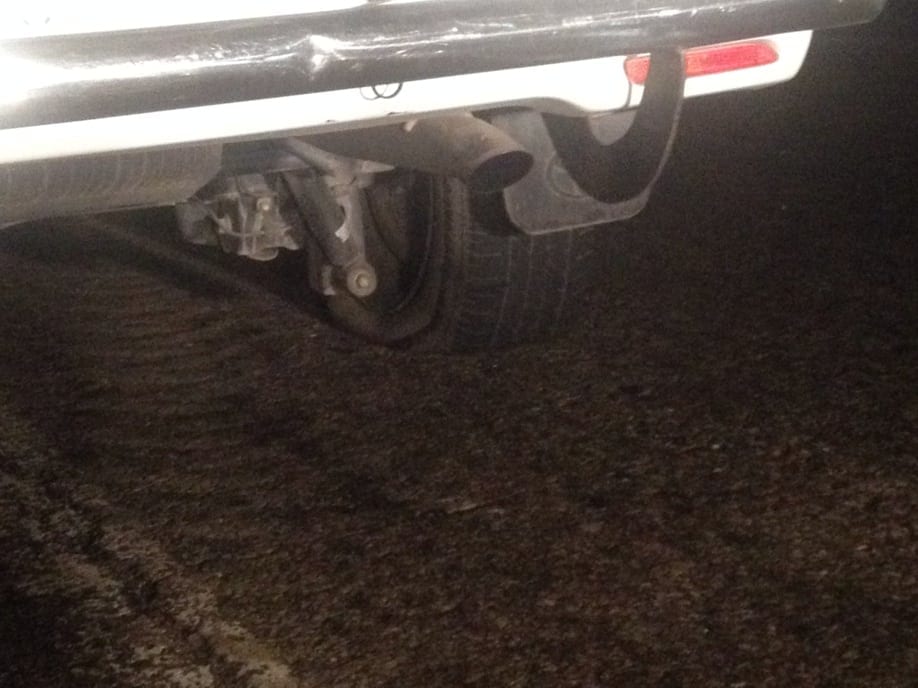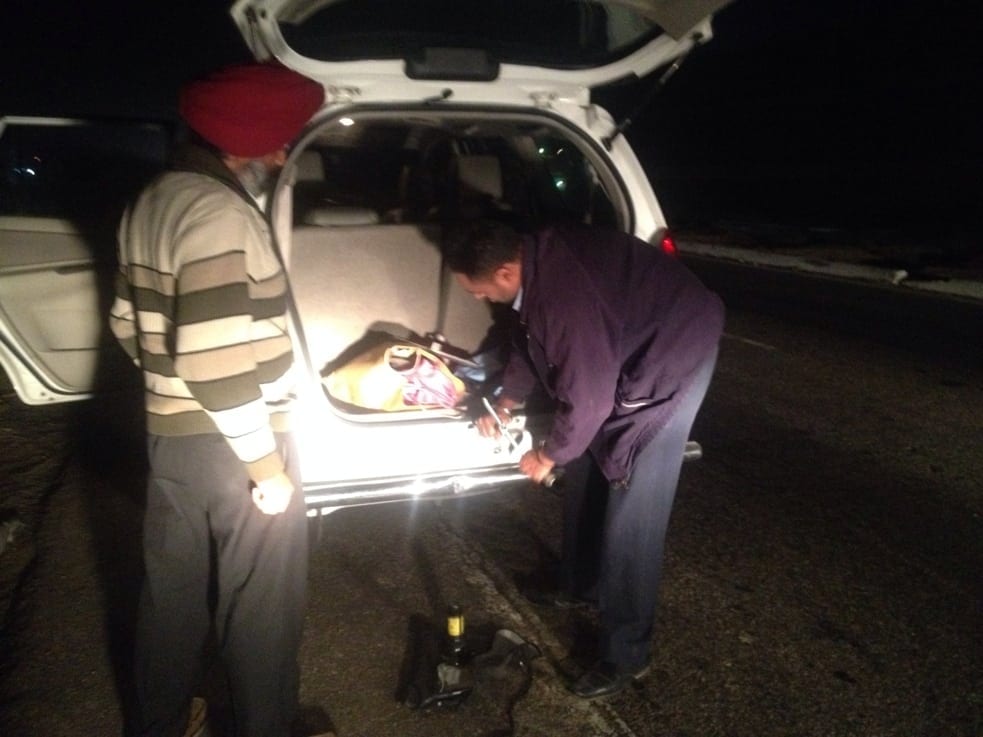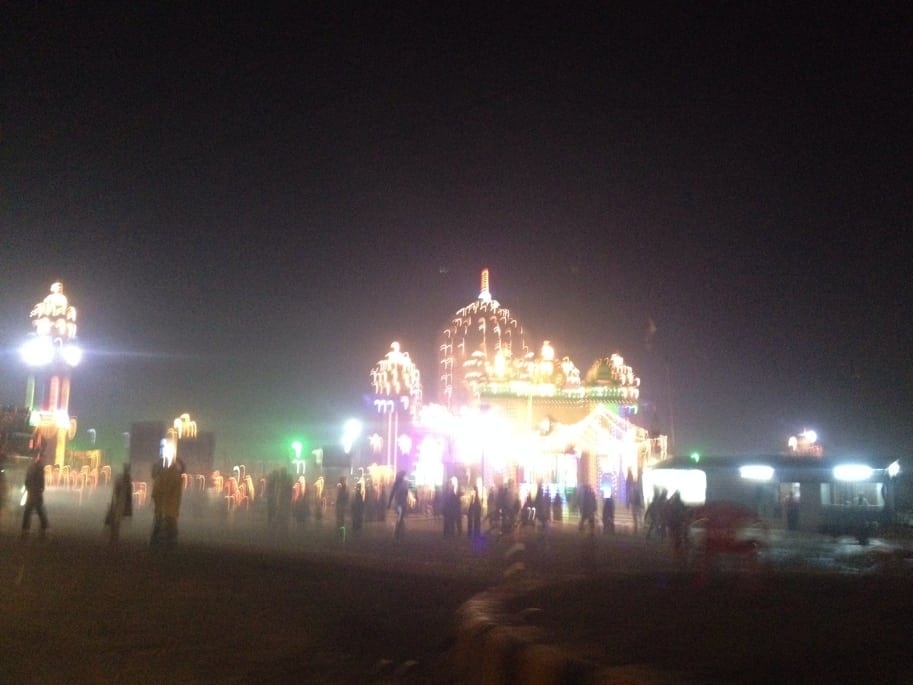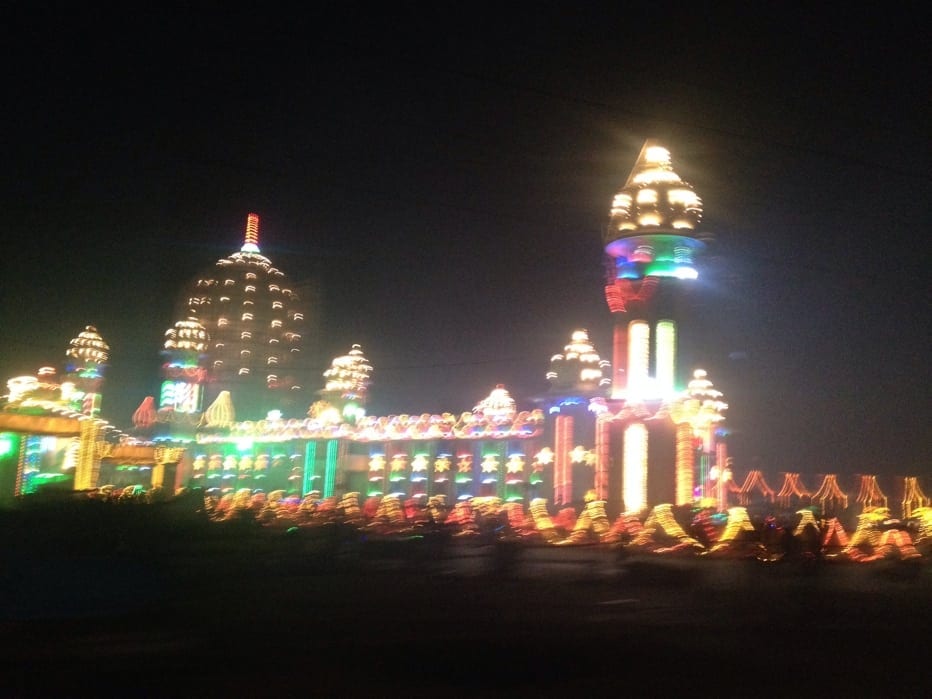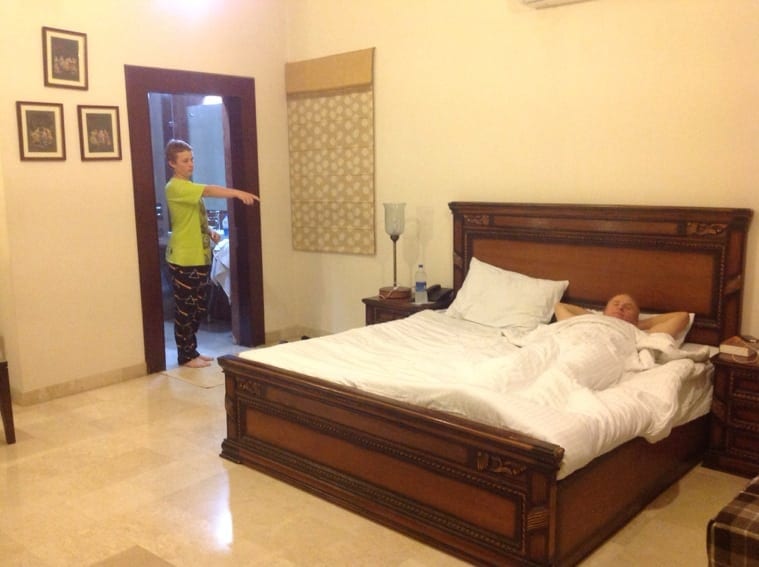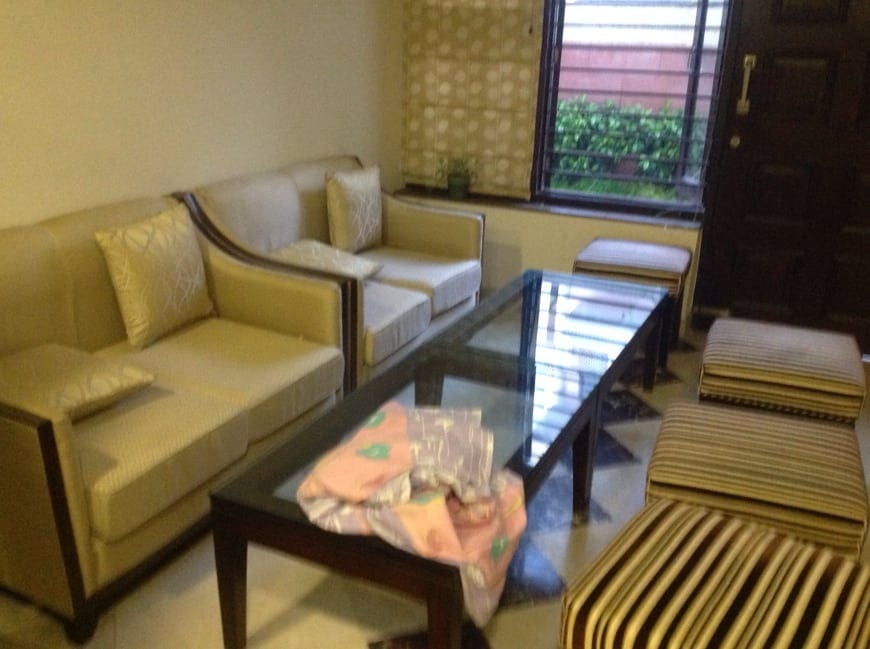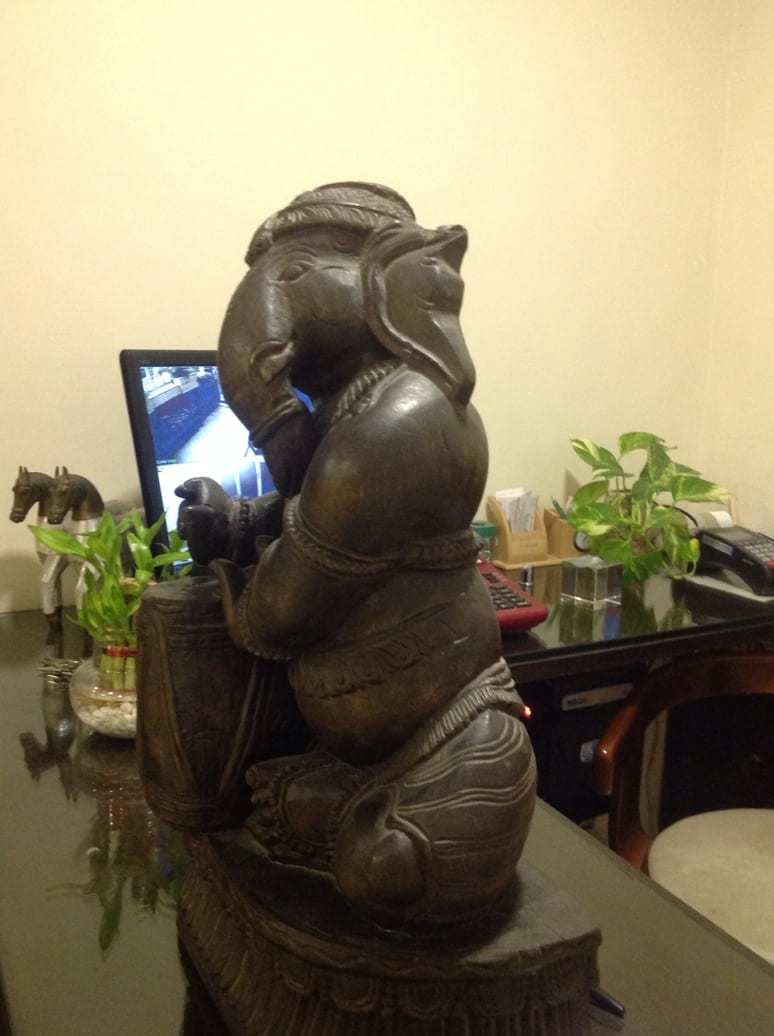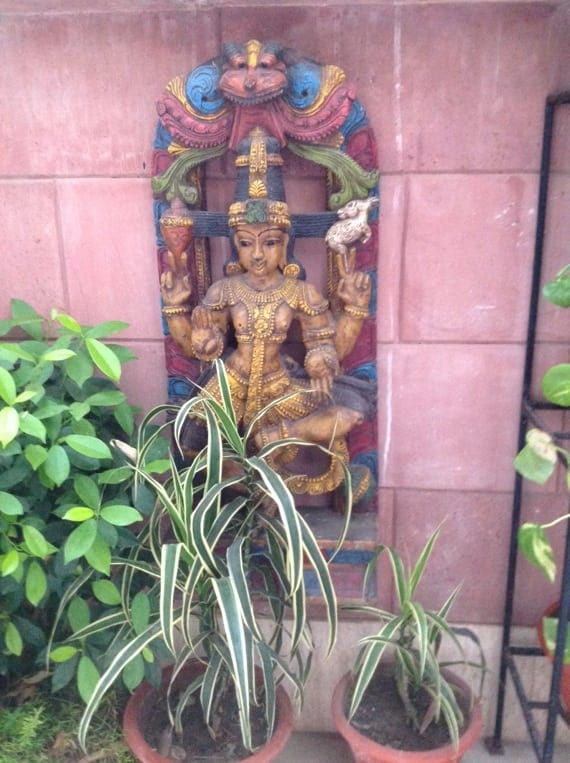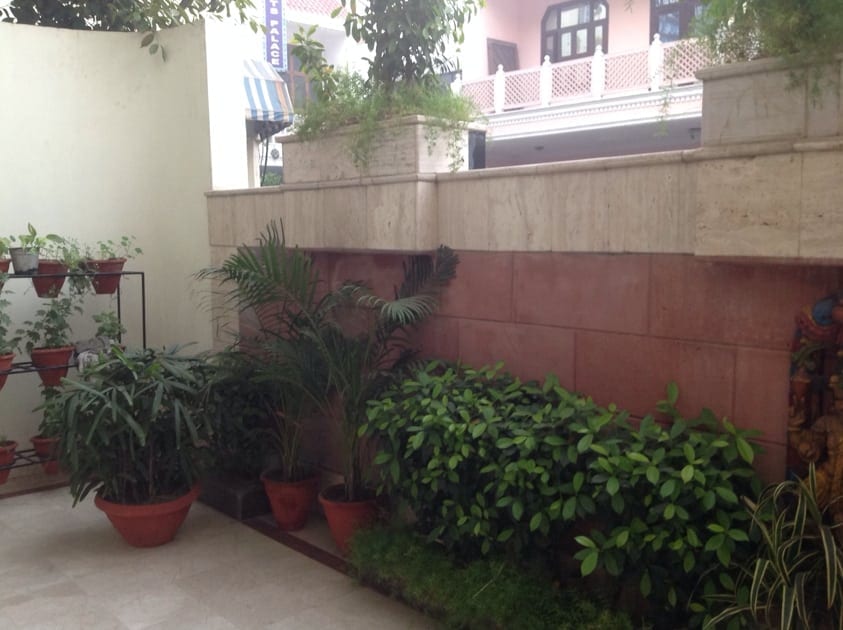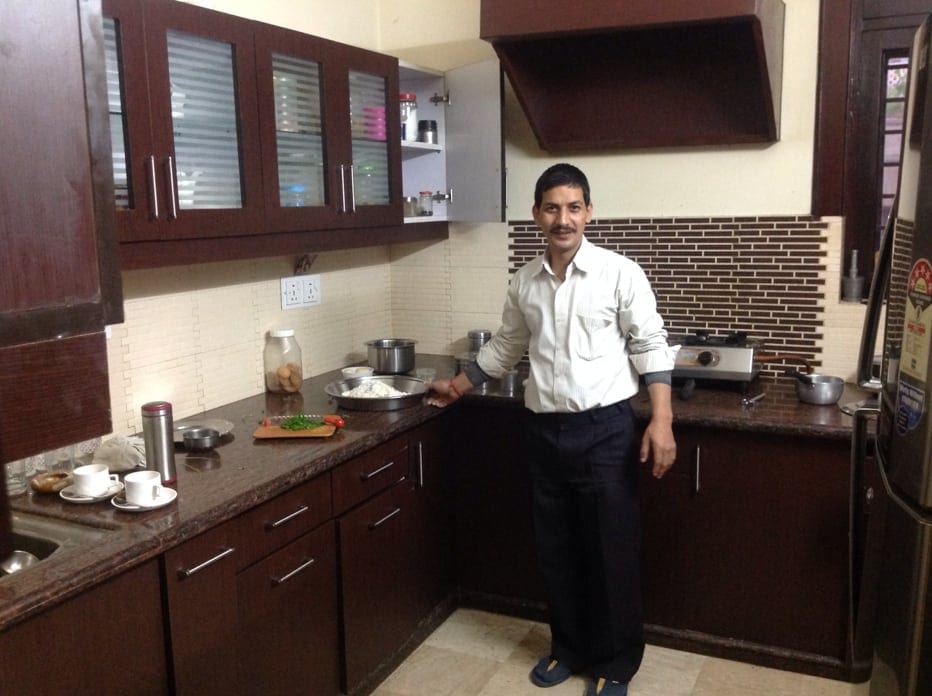I have two recommendations if you ever go to the Taj Mahal. Stay at the Banfi Home Stay and pay for a guide at the Taj Mahal.
We decided to take a camel into the Taj. Here is our camel, his name is Babel.
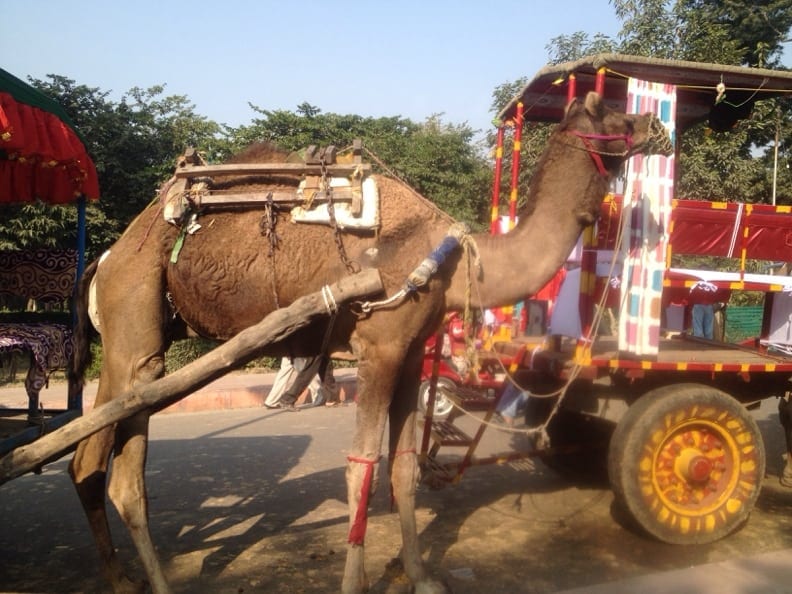
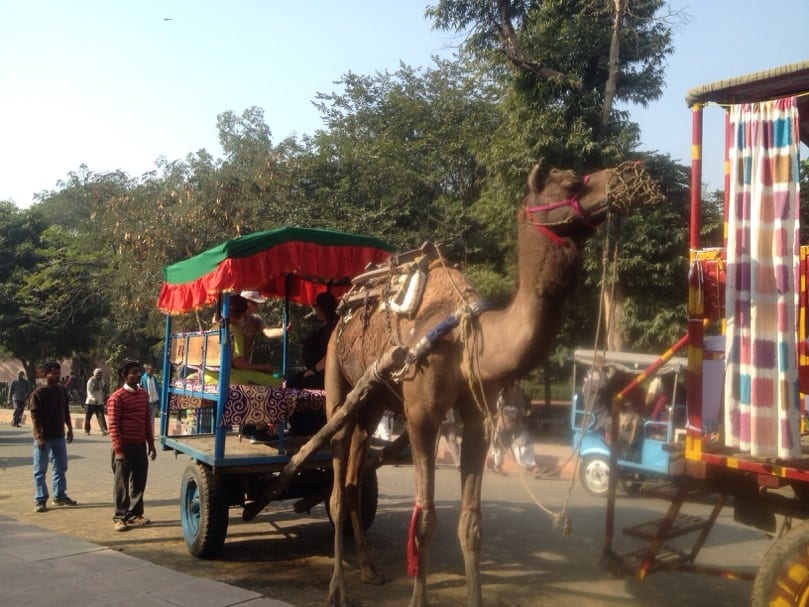
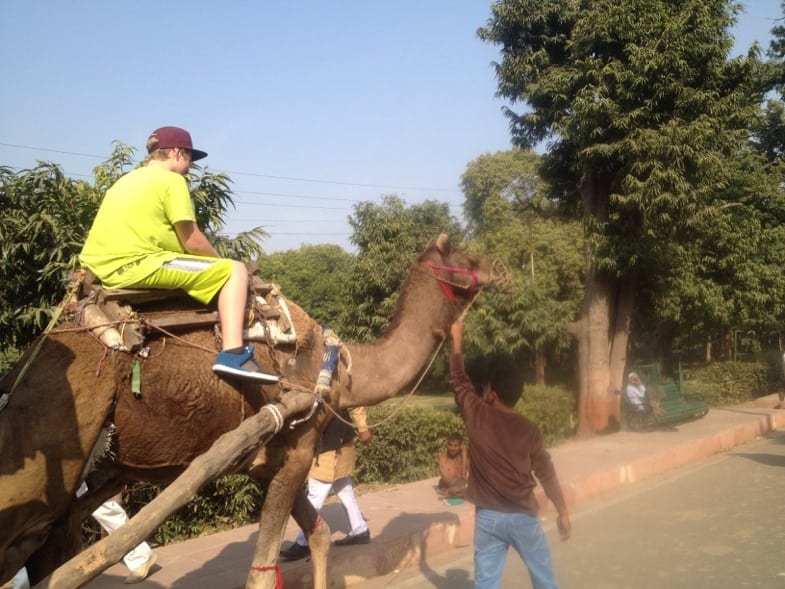
Sean rode the camel into the Taj.
20,000 workers took 22 years to build it. There are 22 domes on the building behind us. One for each year. The red sandstone came from 40 km away. That was a long distance to carry anything but especially something heavy in the days before the combustion engine.
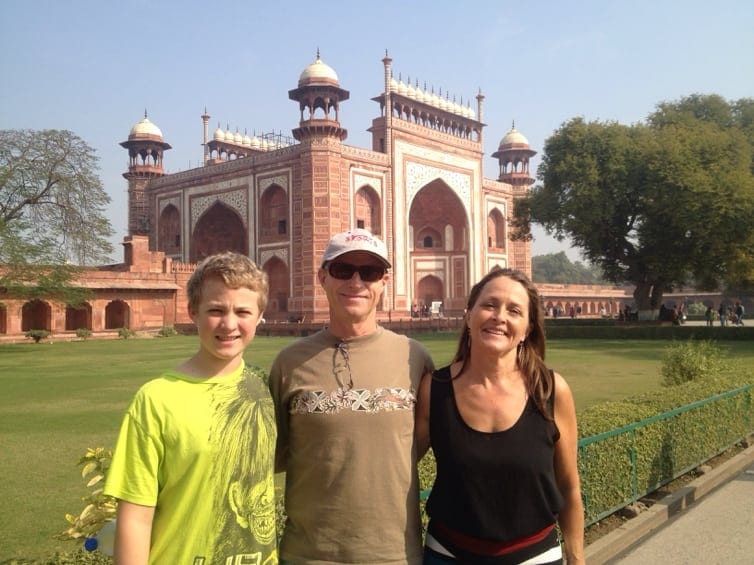
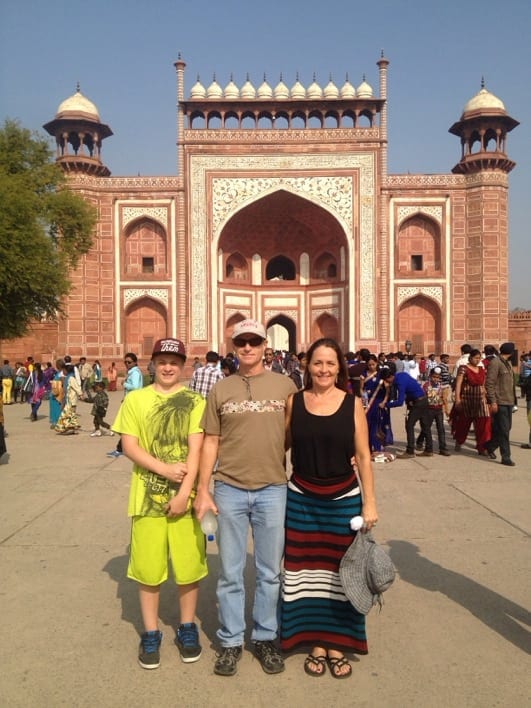
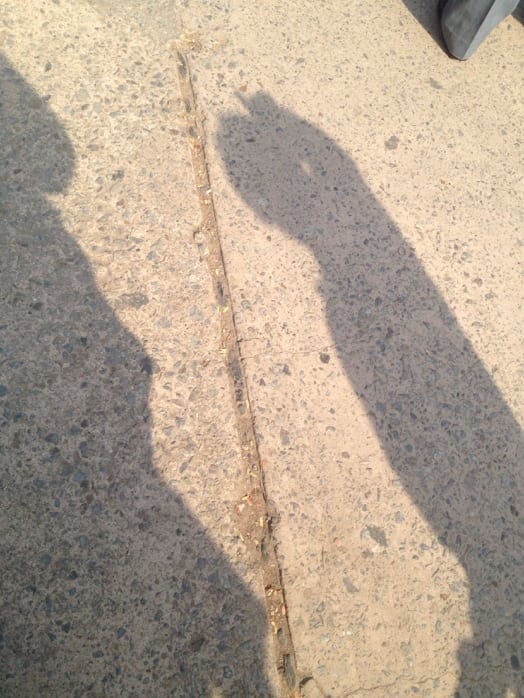
This line runs through the center of the Taj Mahal. The Taj Mahal is symmetrical, and this is the line of symmetry. It is the line at the center of Mumtaz’s burial chamber.
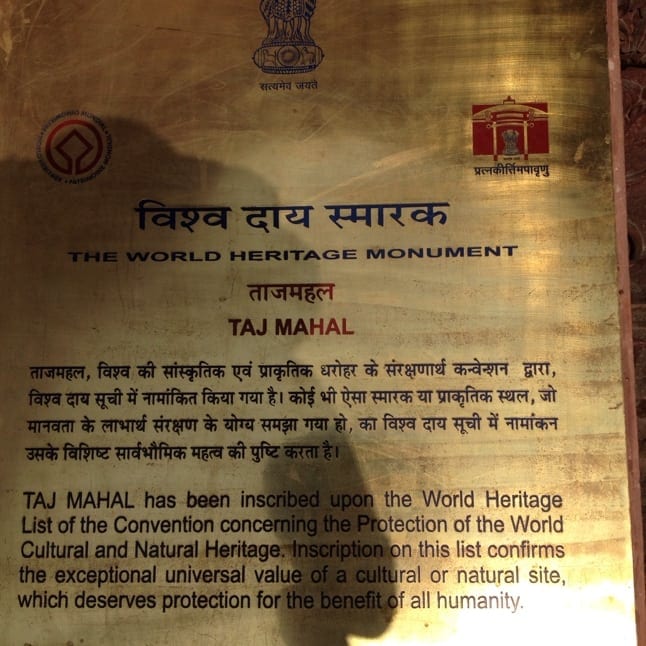
There it is, the Taj Mahal. It was beautiful. It is three different colors over the course of the day. Taj Mahal means crown of the palace.
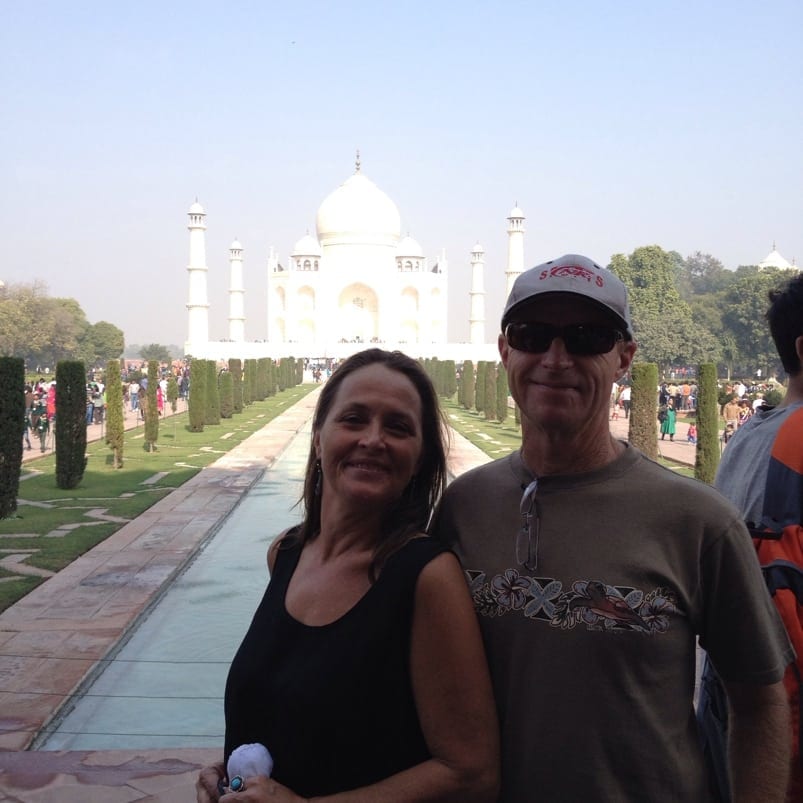
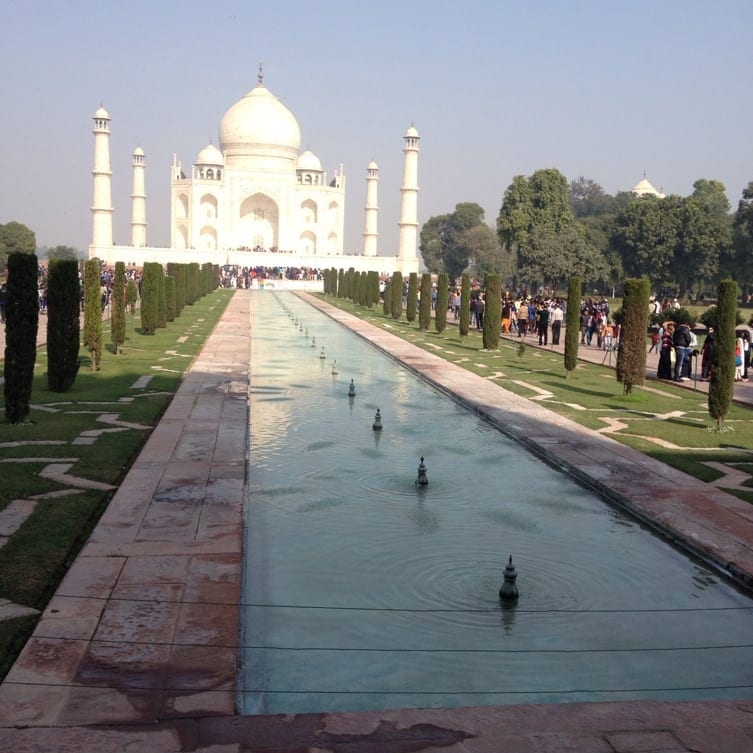
The water fountains are on the line of symmetry.
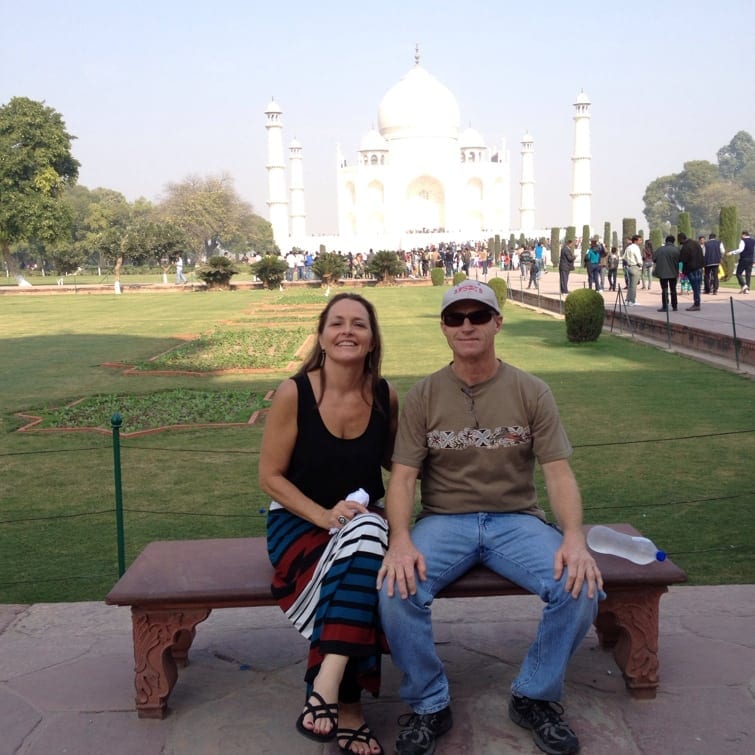
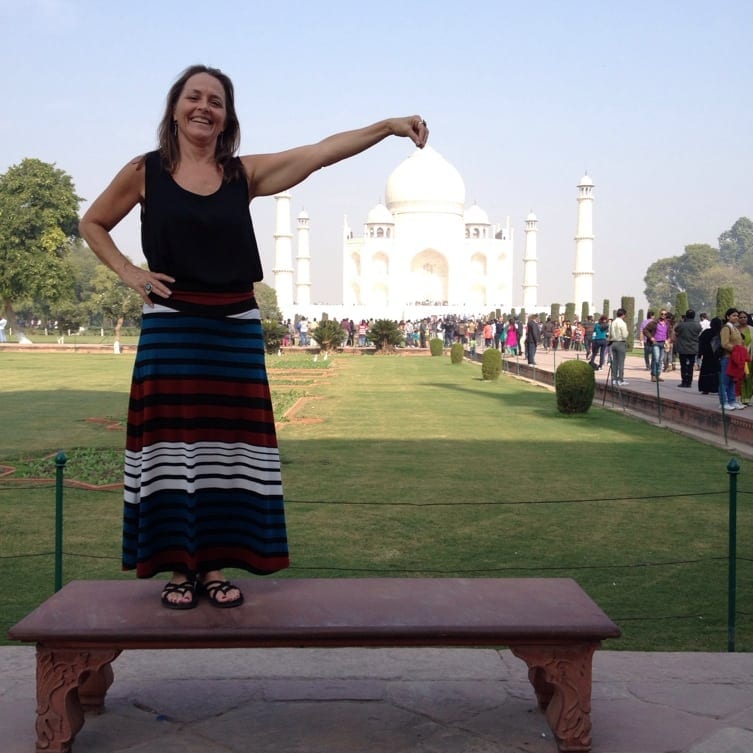
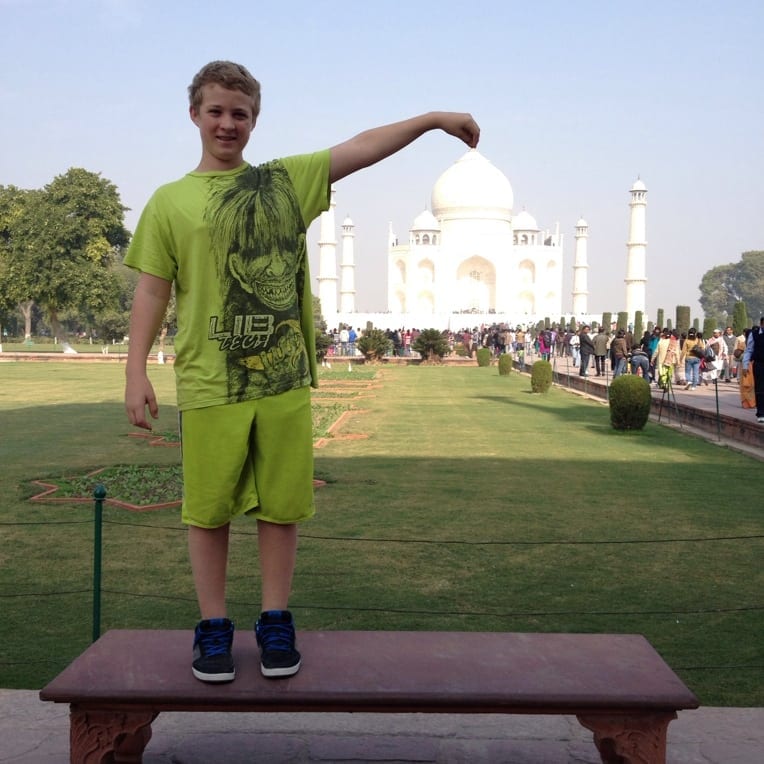
The top of the Taj Mahal was made from gold. The British took all the gold and diamonds that were in the Taj Mahal back to Great britain.
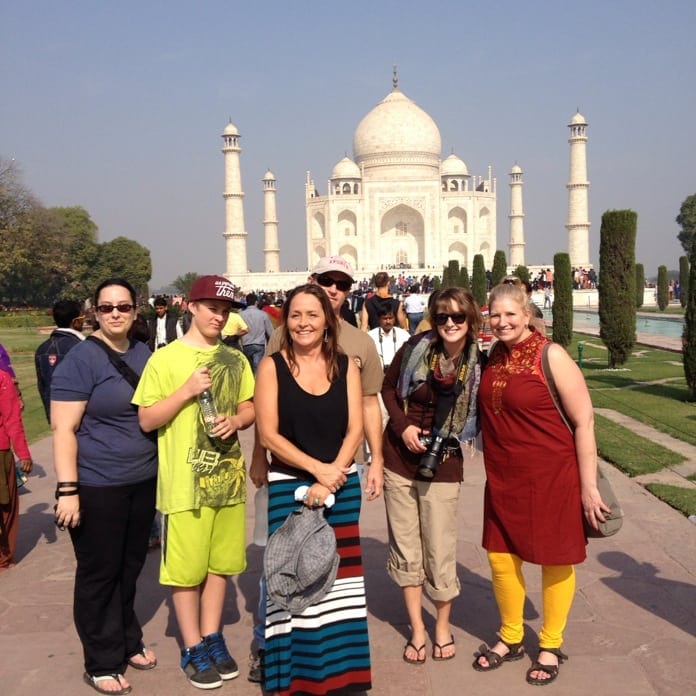
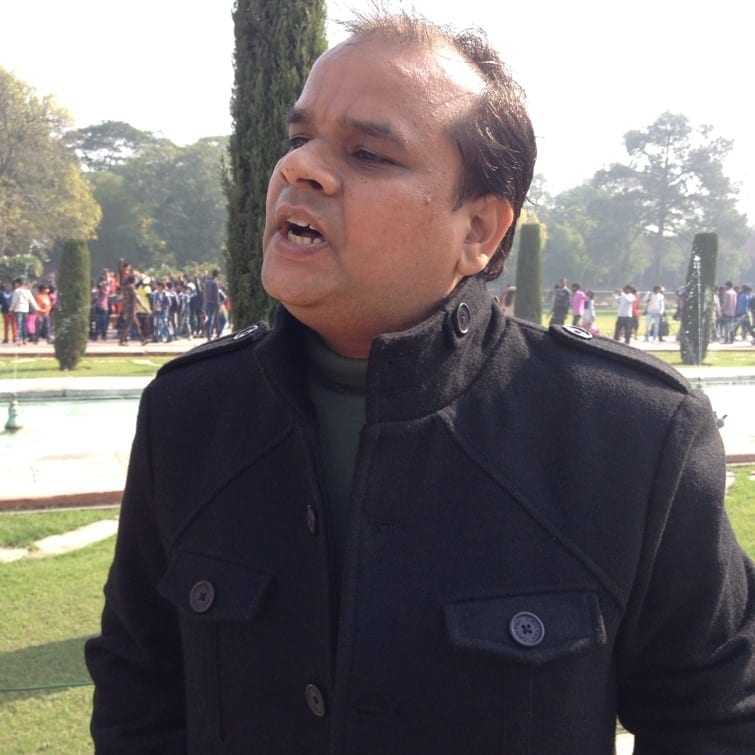
We met this poet. His name is Lalit Maugen, his book of poems is Soul and Salvation. It is common for people to hear us talking and want to know where we are from, and to have them want to take a picture with us. Sean had someone stop him today to tell him that America is a paradise. One thing I have learned in our travels is that America could never live up to its hype, no place could.
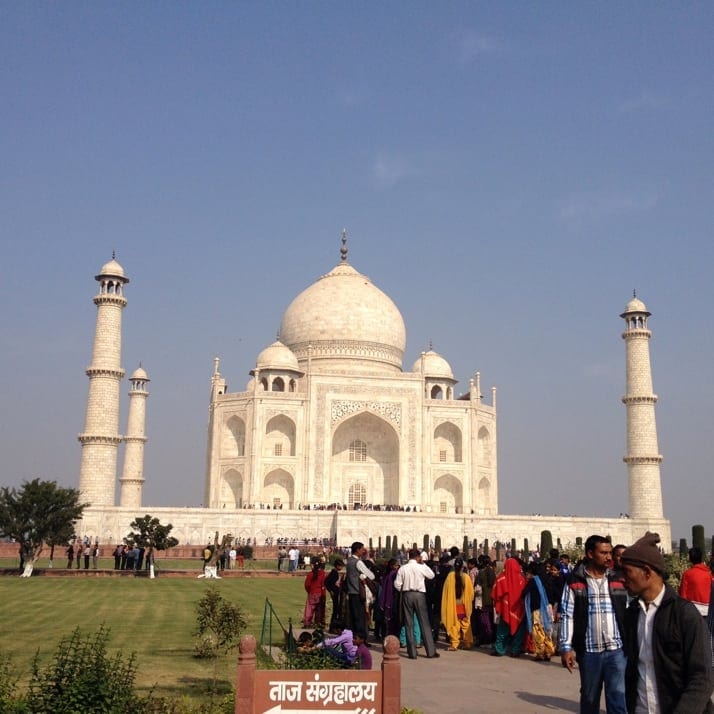
It is so hard not to keep taking photos. The Taj Mahal was built by the Shah Jahan for his wife Mumtaz. She was his 3rd wife. His first two wives did not have any children. Mumtaz, which is a nickname meaning “the chosen one of the palace”, gave birth to 14 children. She died while giving birth to either her 14th or 15th child. Our guide gave us both numbers and then got confused when we wanted him to clarify it for us. Of her 14 children, 8 died, only 6 survived. Mumtaz died before the Taj Mahal was finished, so she never saw it. Either she died giving birth to the 14th, and that child survived, or she died giving birth to the 15th and they both died. She died when she was 39 years old. OMG, 14 or 15 children by the time she was 39!
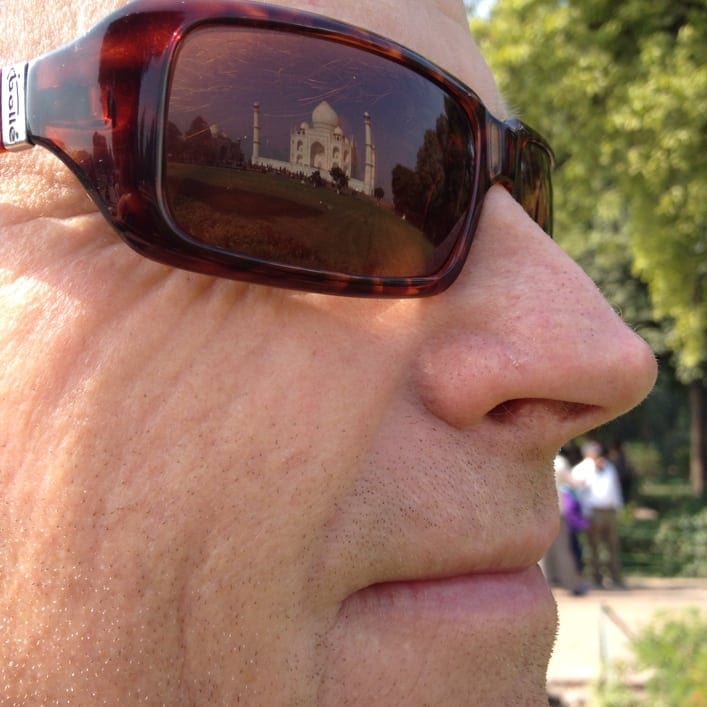
Our guide was a master with what to photo. He would position us in places and take photos.
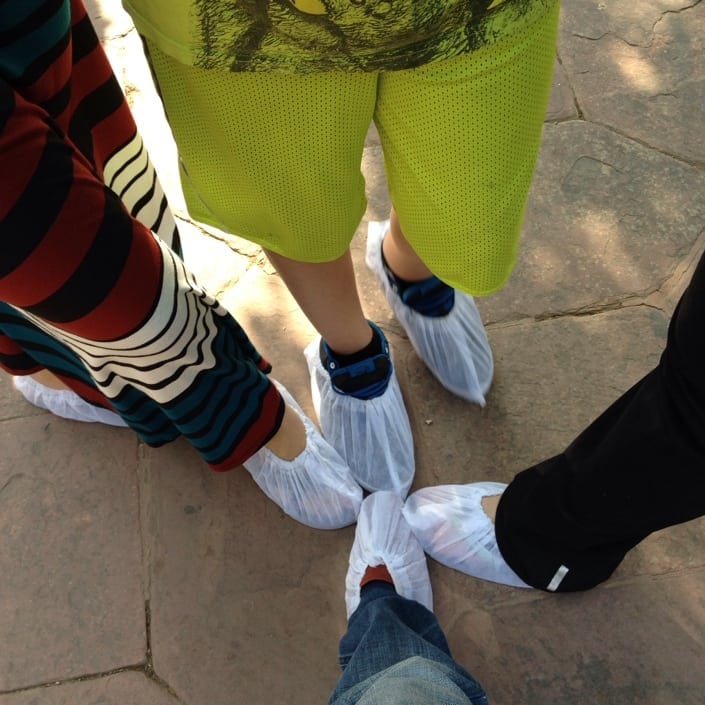
You have to take your shoes off or cover your shoes with booties to go into the Taj. I was glad for the booties because it was so crowded in the Taj Mahal that people kept stepping on my feet. I would not have wanted to be barefoot.
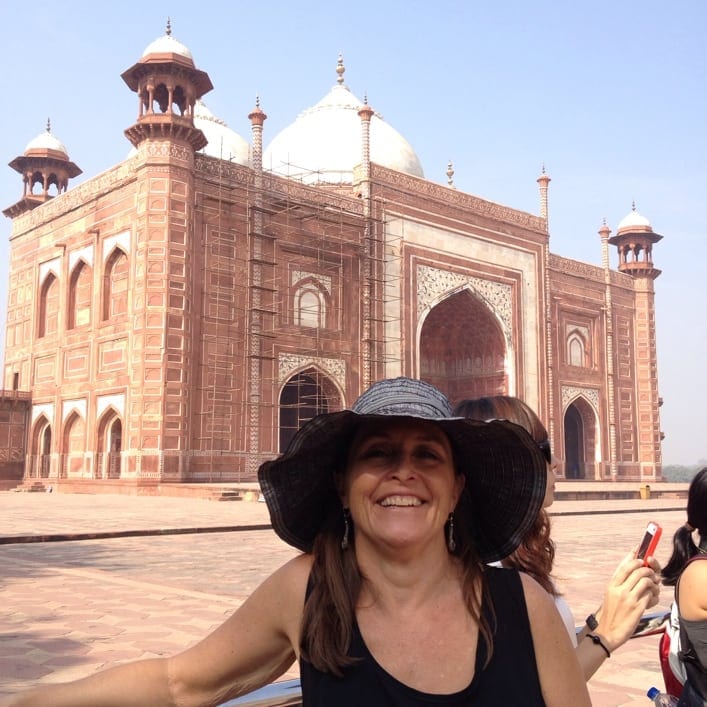
This is the mosque next to the Taj Mahal. The Taj Mahal is closed on Fridays to non-Muslims. On that day Muslims can go into the Taj and worship.
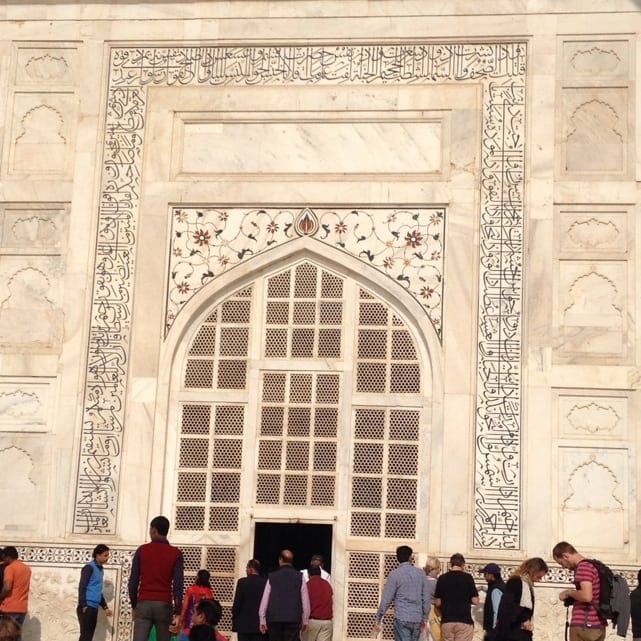
The Arabic writing around the door is called the Heart of the Koran, in Arabic it is Suriyaseen.
There are no photography allowed inside the burial hall.
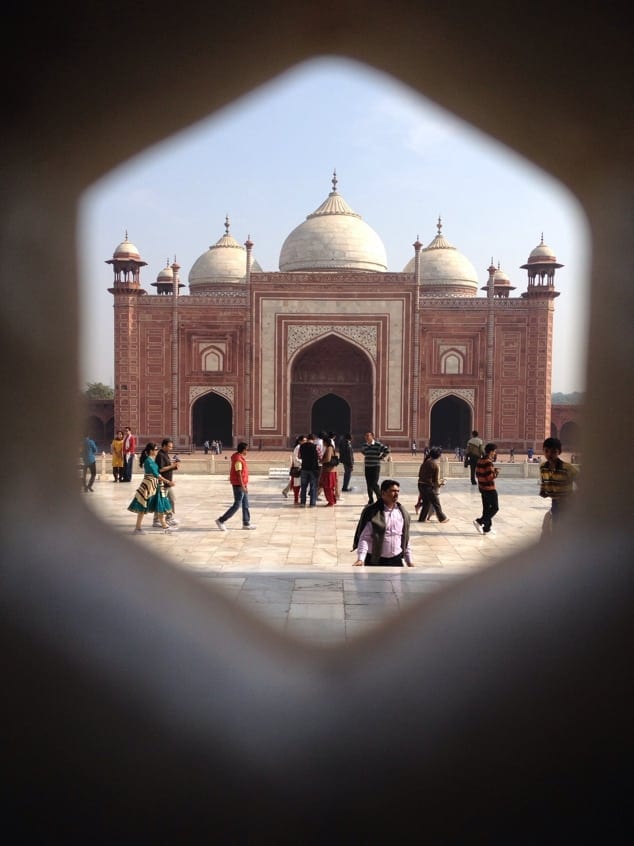
There is a honeycomb pattern on the outside of the Taj. The building is marble with precious stone inlaid into the marble.
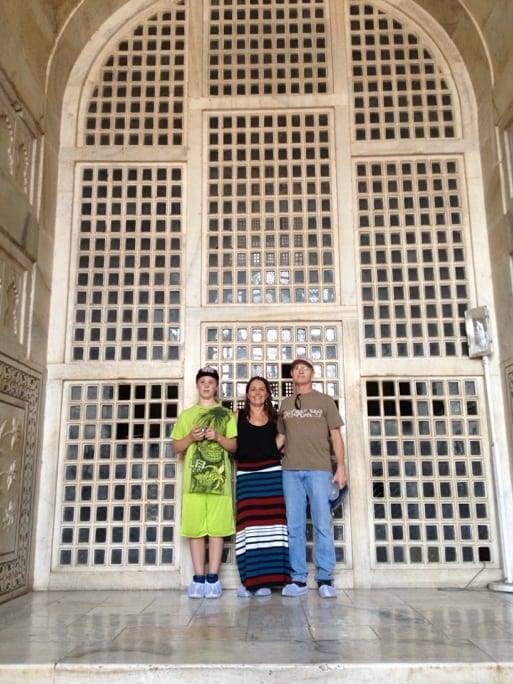
There are 8 rooms, 4 on either side of the burial chamber. One side of rooms is the men’s side and one side is the women’s side. We are in a room on the women’s side. The honeycomb design of the marble allows men and women to talk to each other without being in the same room.
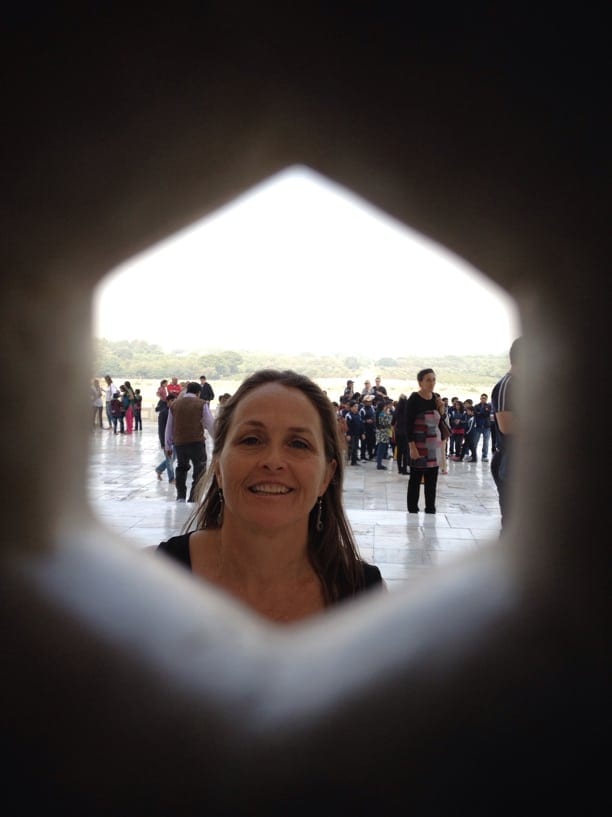
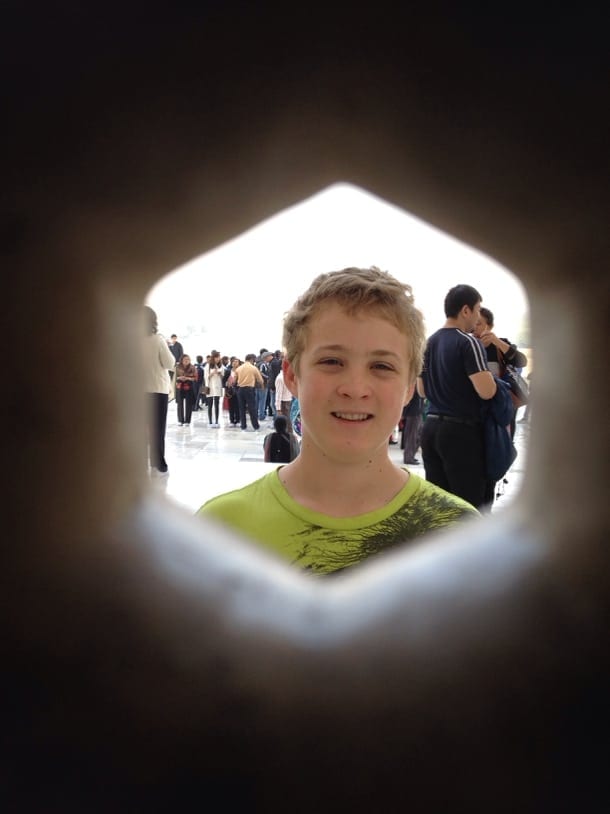
Photos through the honeycomb.
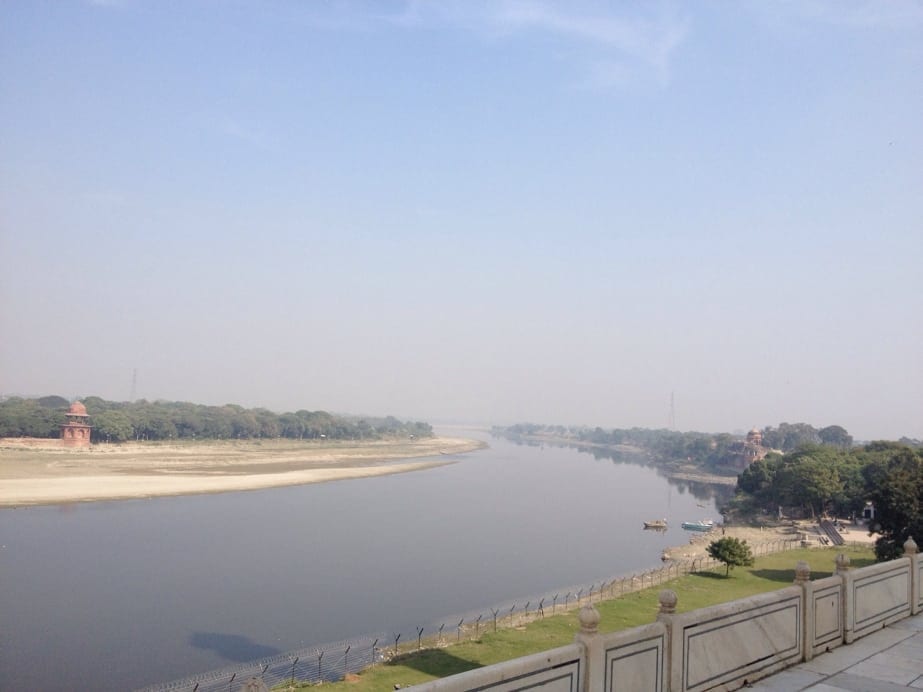
The Yamuna River is behind the Taj. The workers worked on the stones across the river from the building site. Shah Jahan and Mumtaz planned to build a second Taj Mahal for him across the river. His son said the it wasn’t the Shah’s money to spend like that. He told the Shah the money belonged to the people.
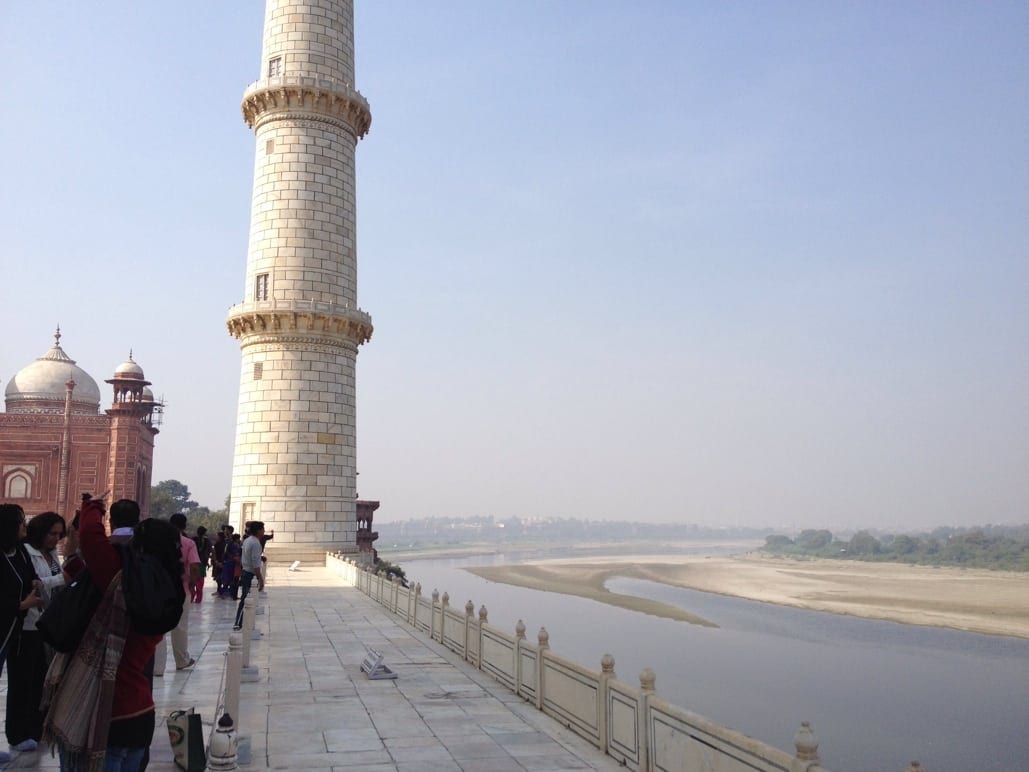
Behind the white tower in the hazy distance is the Red Fort. Shah Jahan’s son imprisoned him there because of all the money the Shah spent building the Taj. The Shah was there until he died. He is buried next to Mumtaz in the burial chamber.
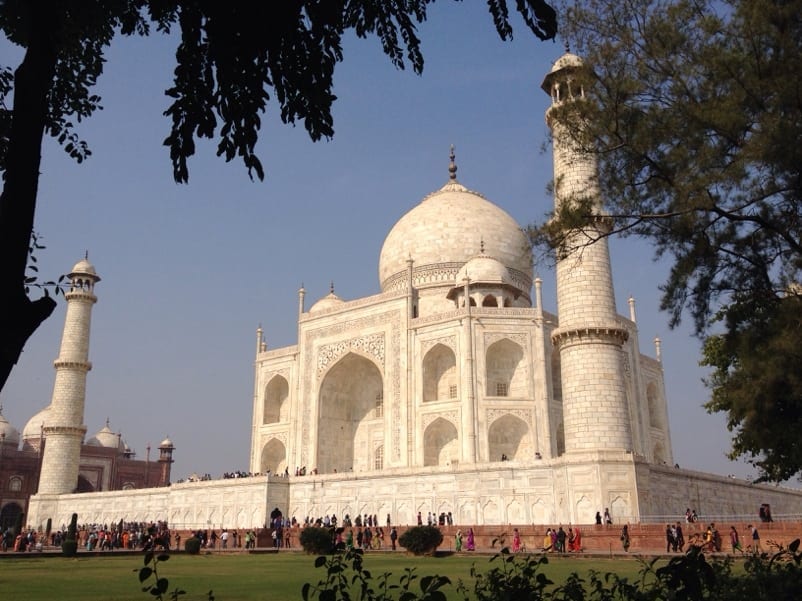
A view from the other side of the Taj.
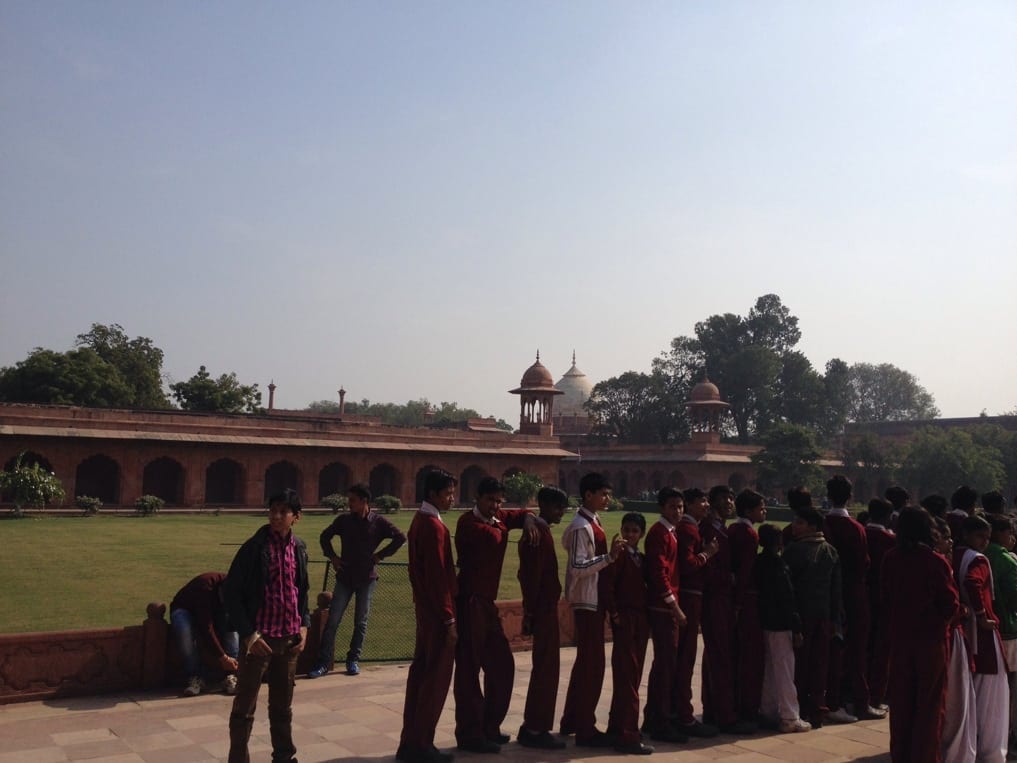
The building top in the background is where Shah Jahan’s 1st wife is buried.
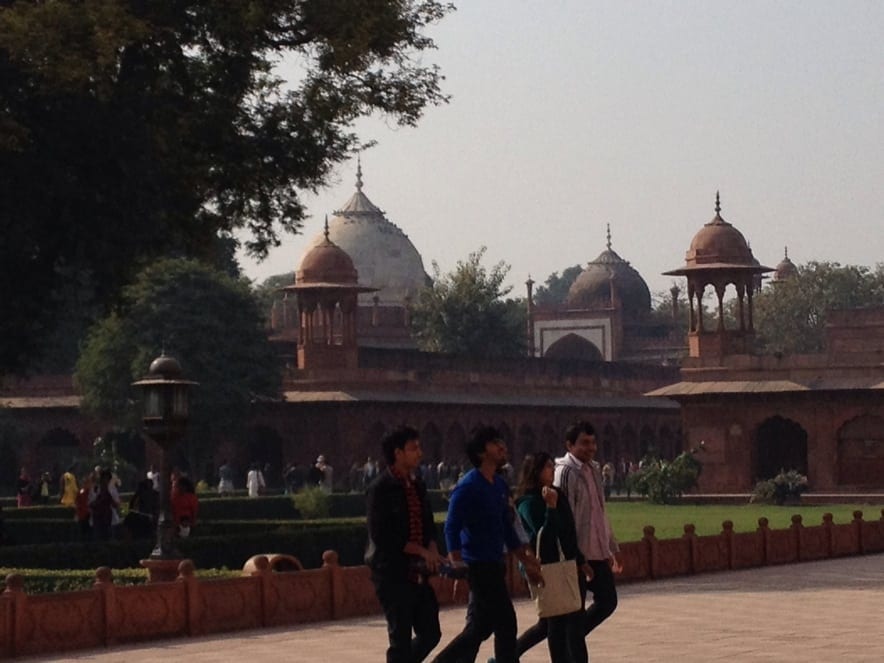
The white peak in the back on this side is where his 2nd wife is buried. The black peak is a mosque.
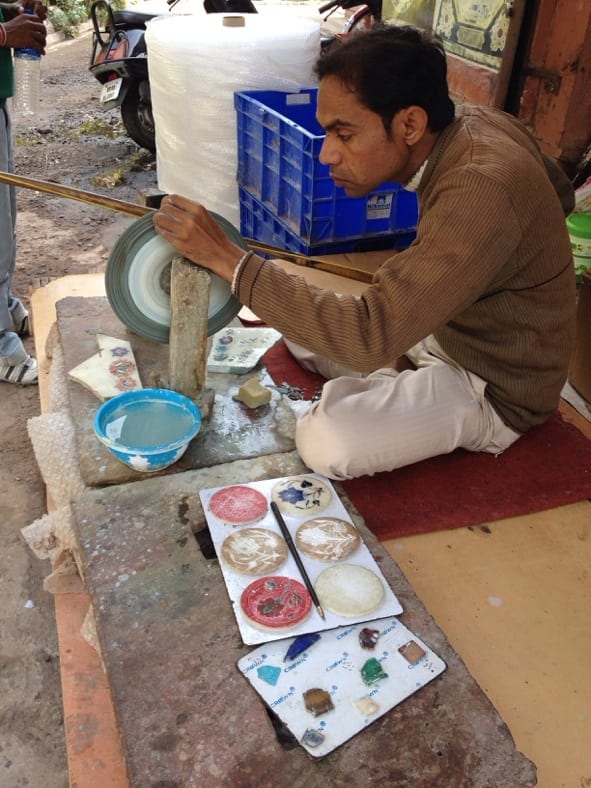
Here is a person practicing the art of grinding stones to inlay into settings like the one below.
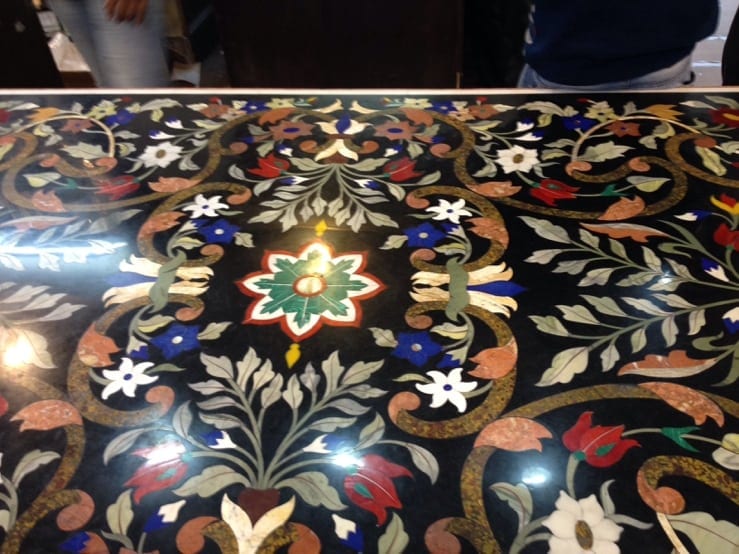
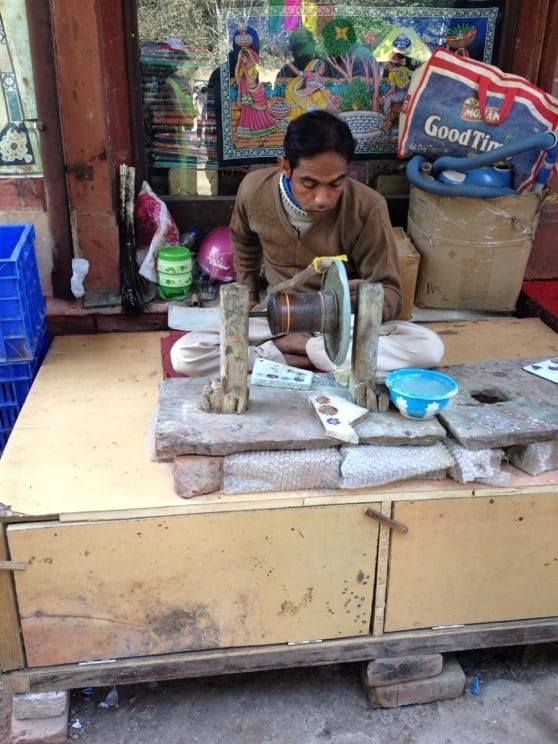
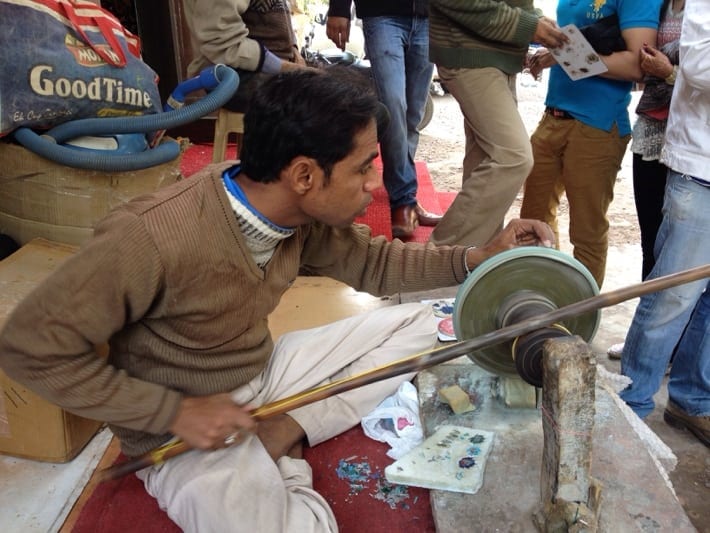
Here are some photos on the road leaving Agra. Most of the way back we took the Express Way. I actually had to use my Hindi to insist we take the Express Way. The driver wanted to take a “short-cut” like the one we took last night that turned a 2-3 hour drive into 5 & 1/2 hours. There are no photos from the Express Way which is a rather boring drive but much faster.
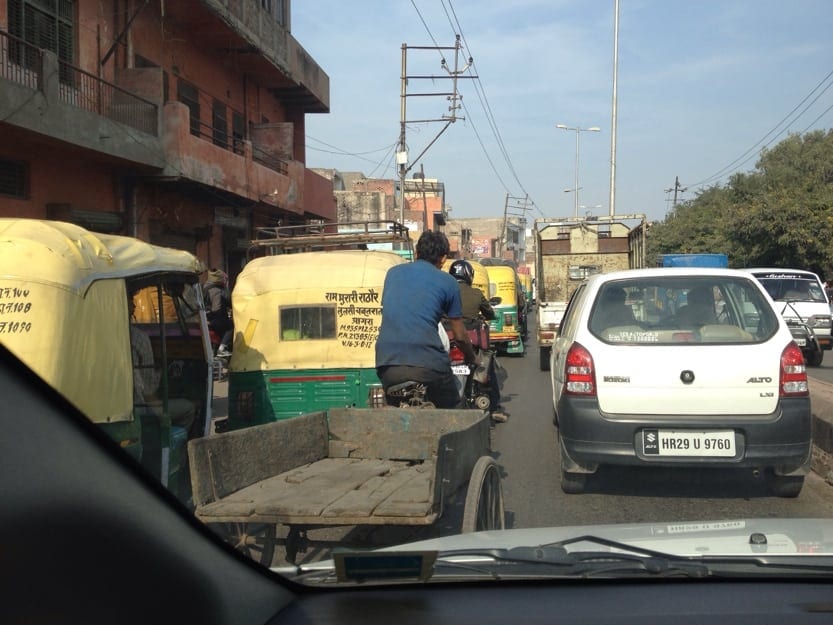
Don’t you love the old with the new.
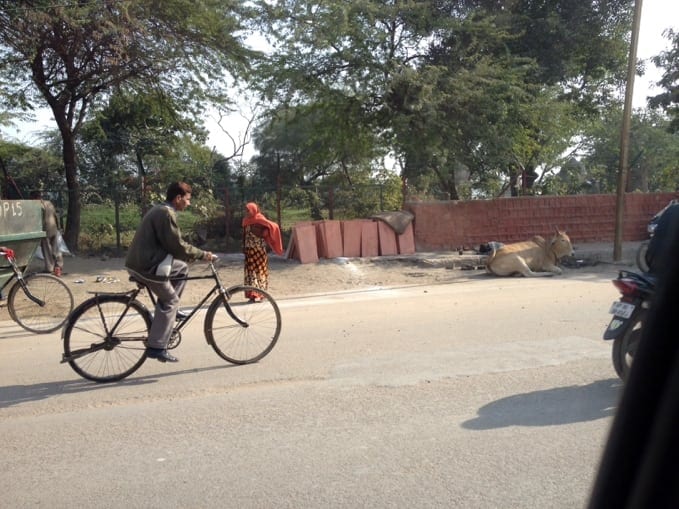
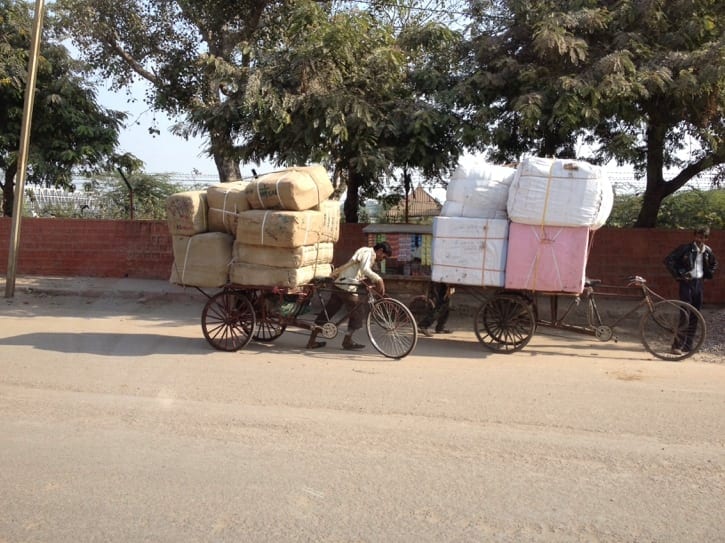
Look at how hard some of these fellows have to work. There are 3 carts here.
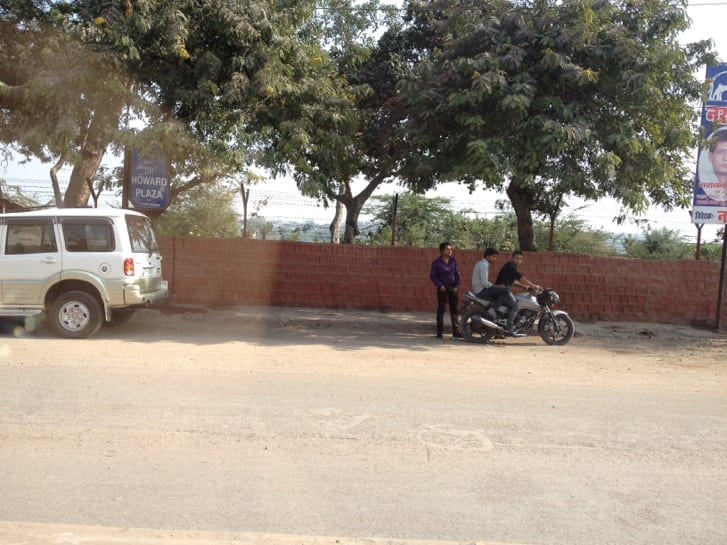
The 3rd fellow jumped on the motor cycle and away they went.
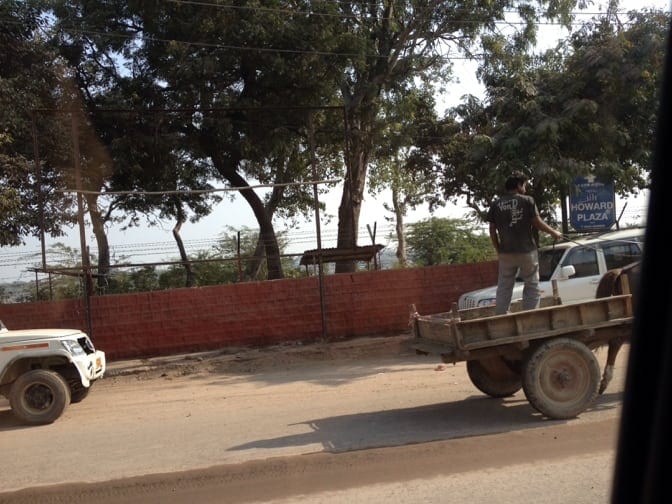
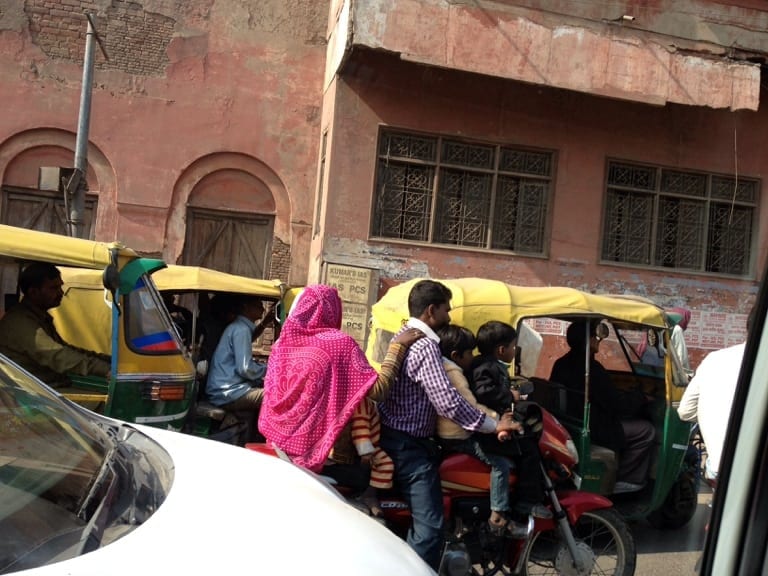
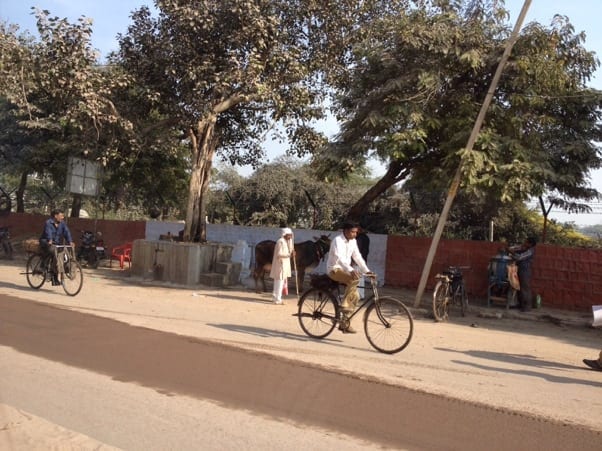
As we were driving, we saw water buffalo wandering around and swimming in an area where local women were washing their clothes, and then laying them out to dry in the sun.
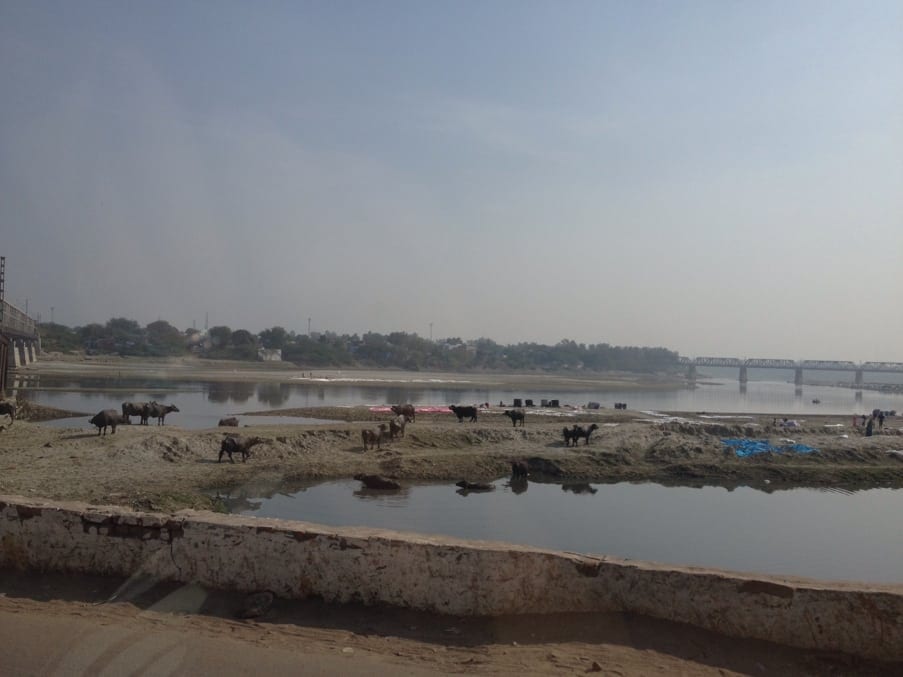
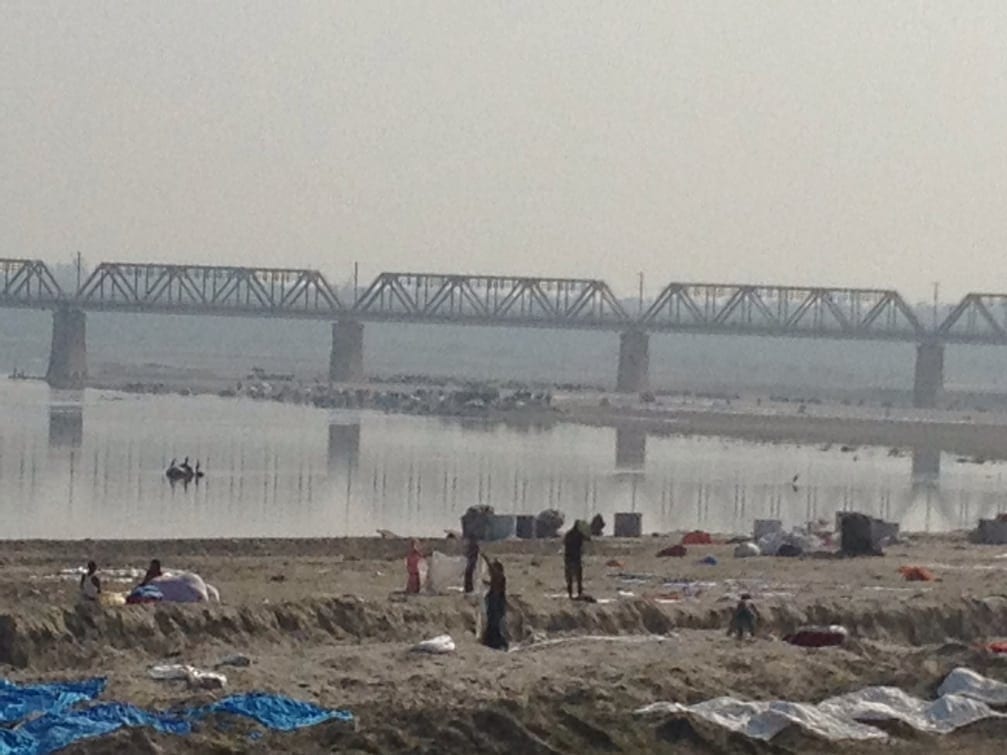
Monkeys!

Do you see the monkeys running along the top of the building. Monkeys were all over the buildings and streets as we drove out of Agra.
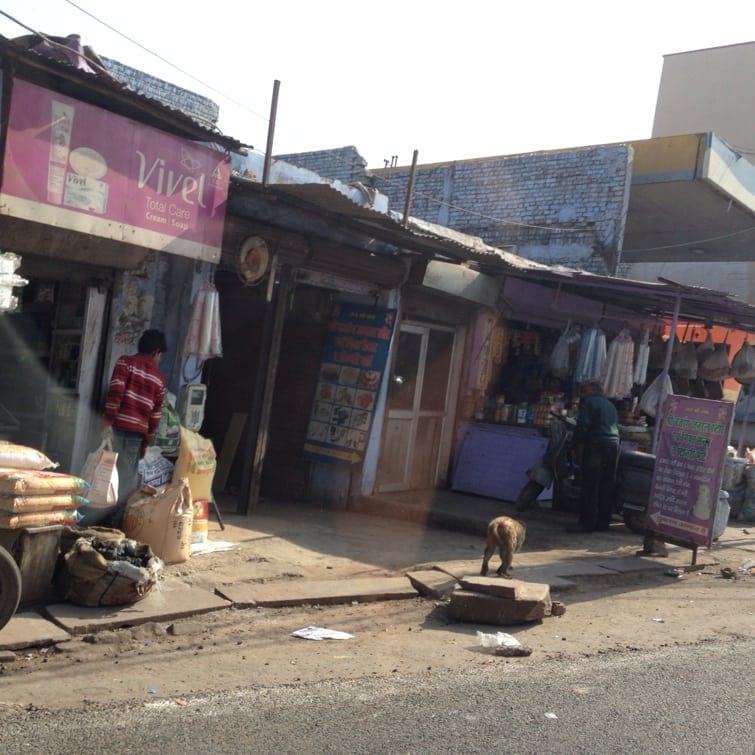
That is a monkey from behind, not a dog.
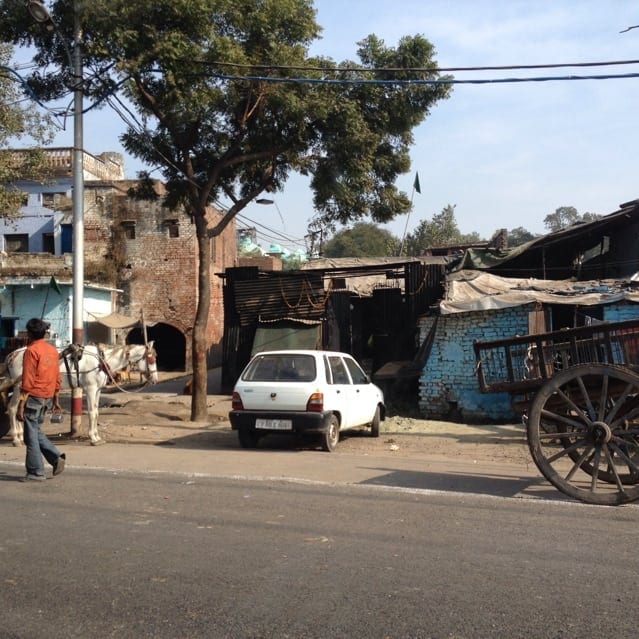
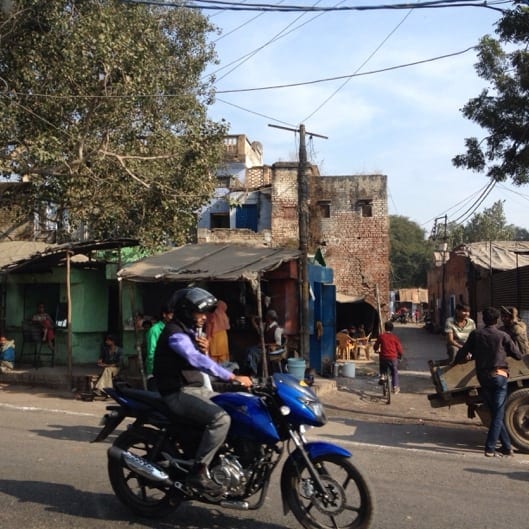
Good bye Agra!
I wanted to show you how close the cars get with the next couple of photos.
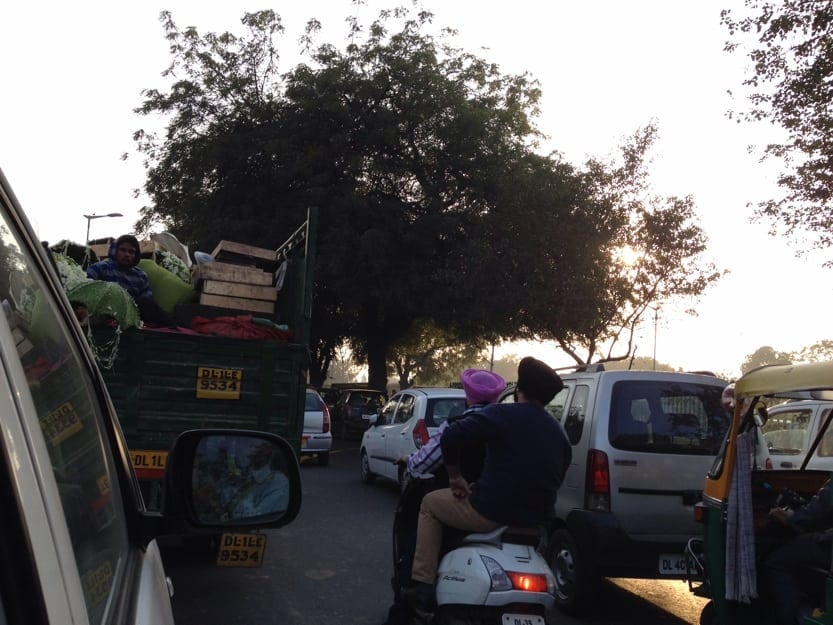
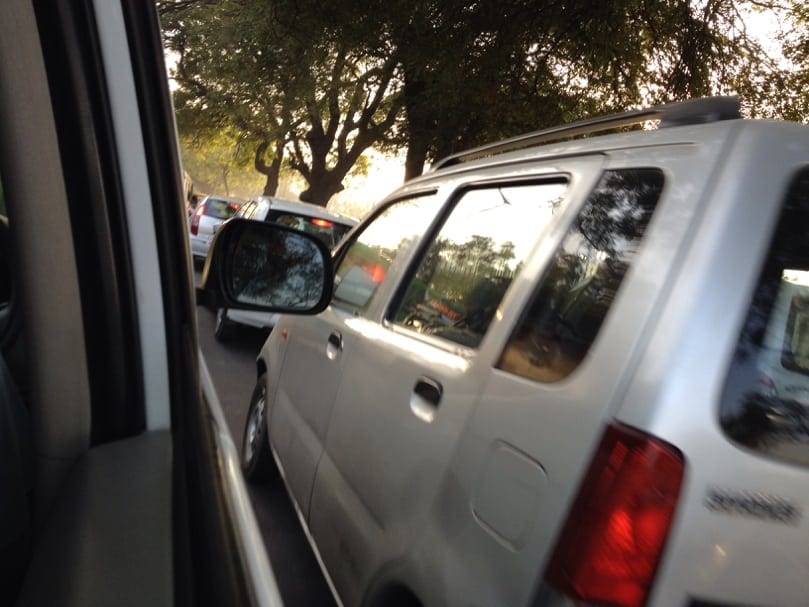
We took a tuk tuk to dinner. Here we are.
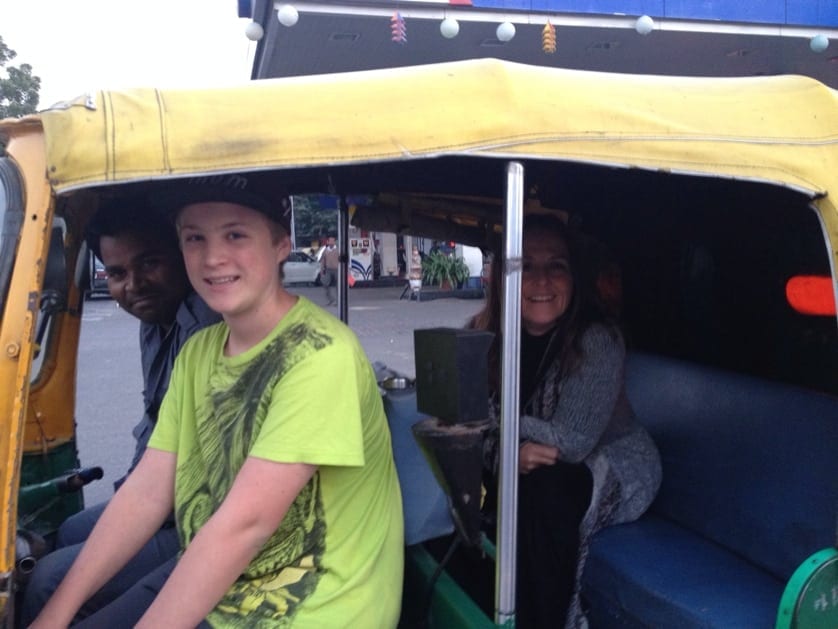
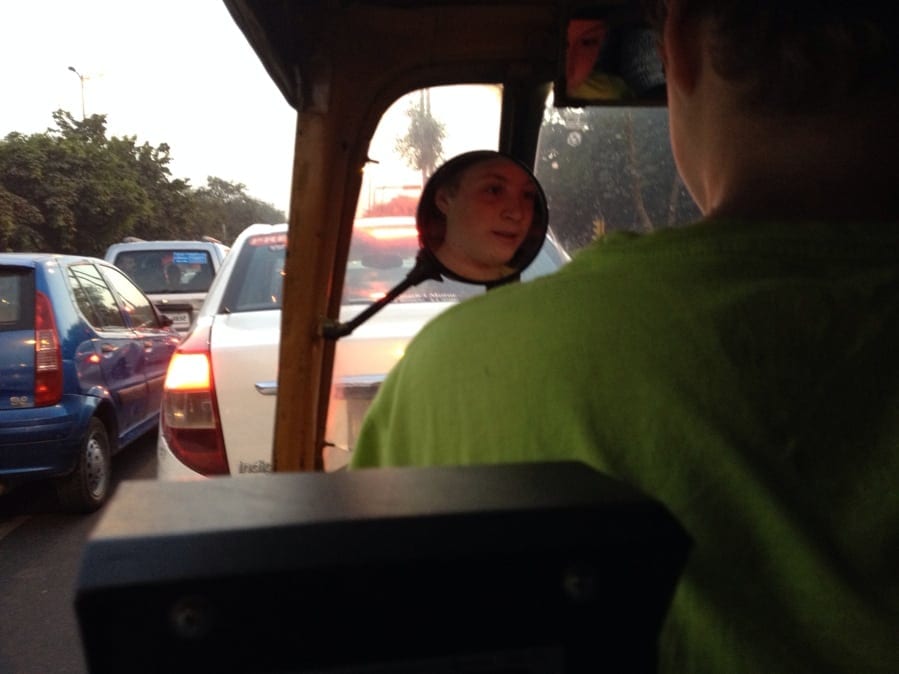
Tuk tuks are little 3 wheeled cabs that drive around Delhi zipping in and out of traffic.
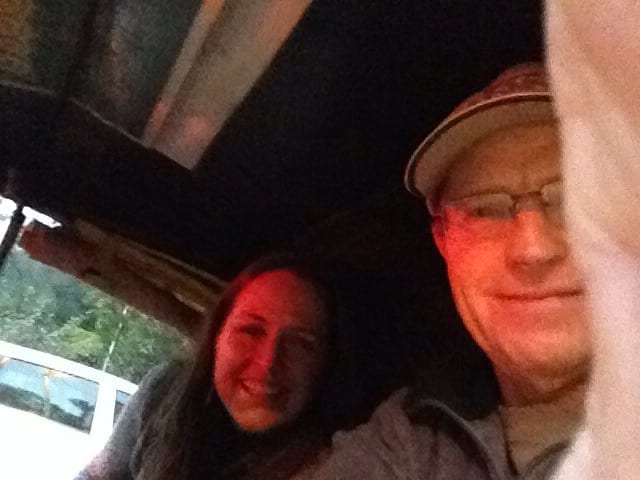
Even Jim is taking selfies now.
Check out yesterdays blog here and check out the history of the Taj Mahal here.

